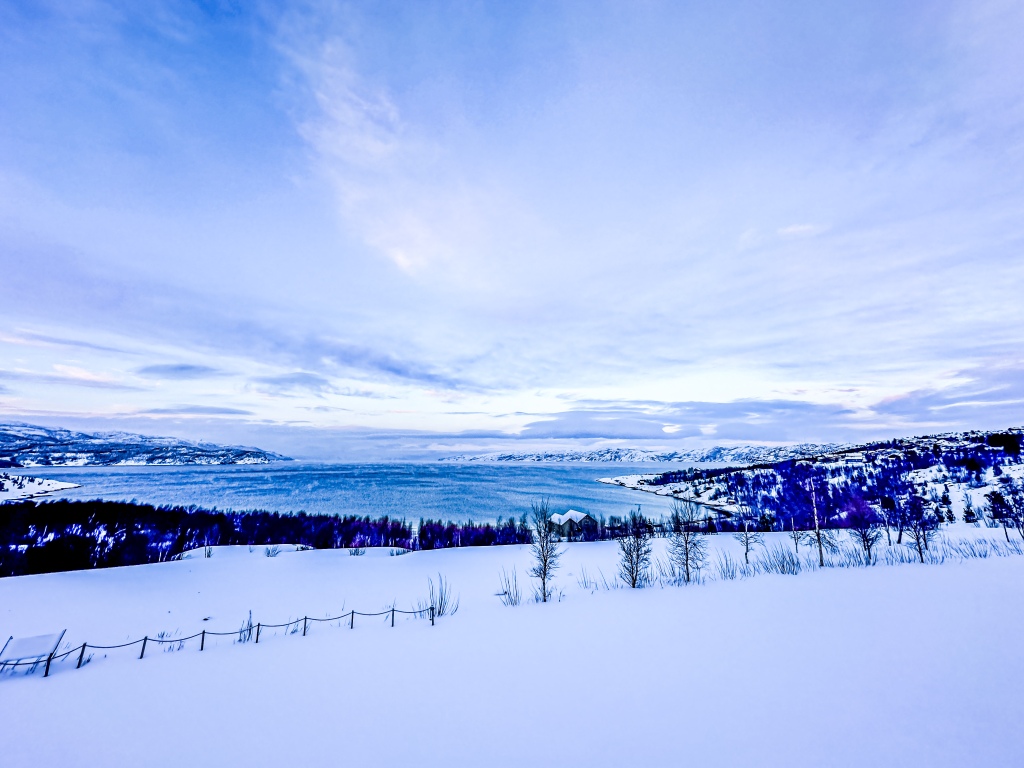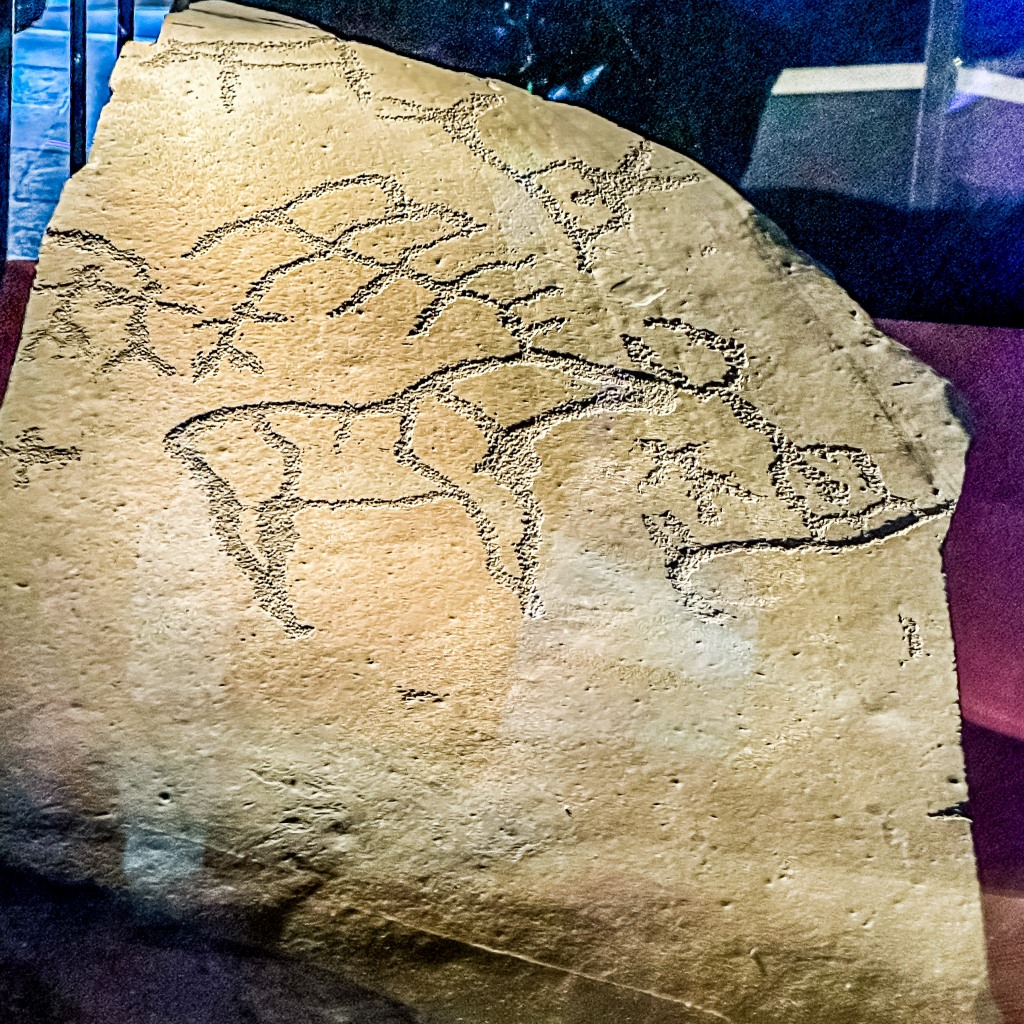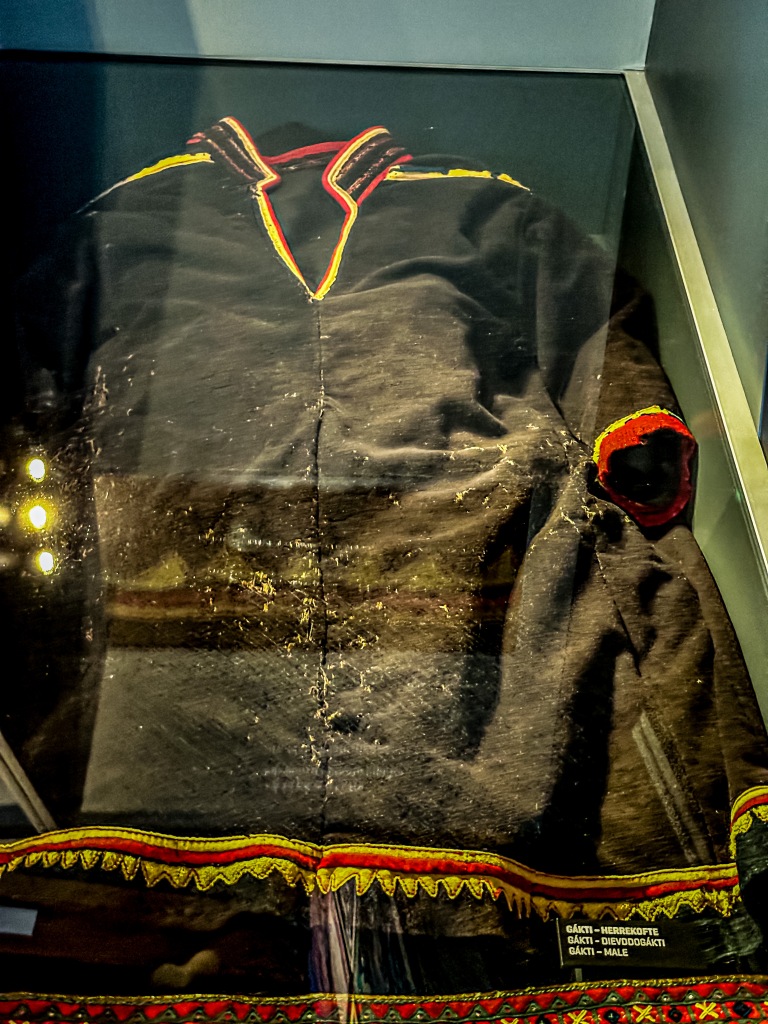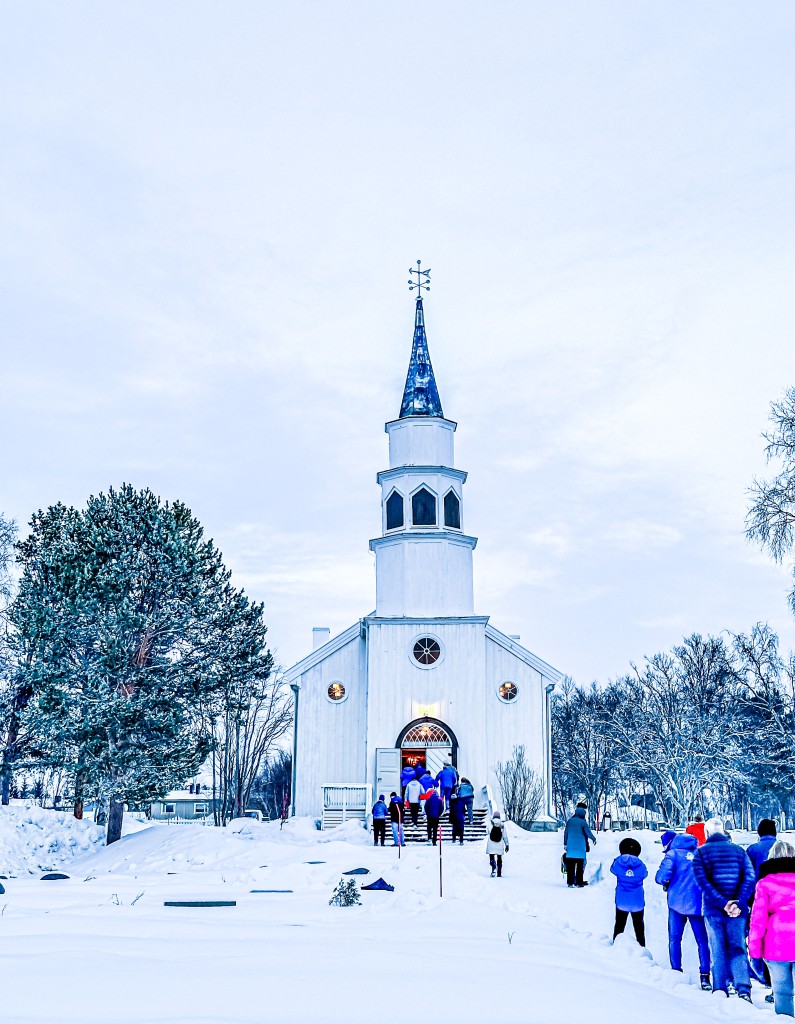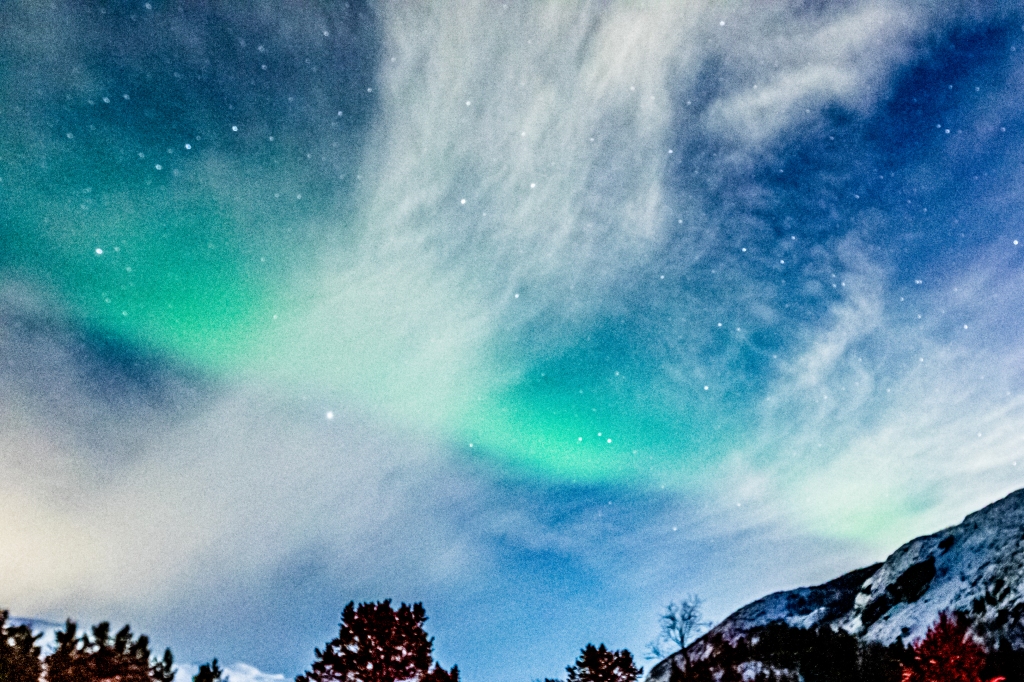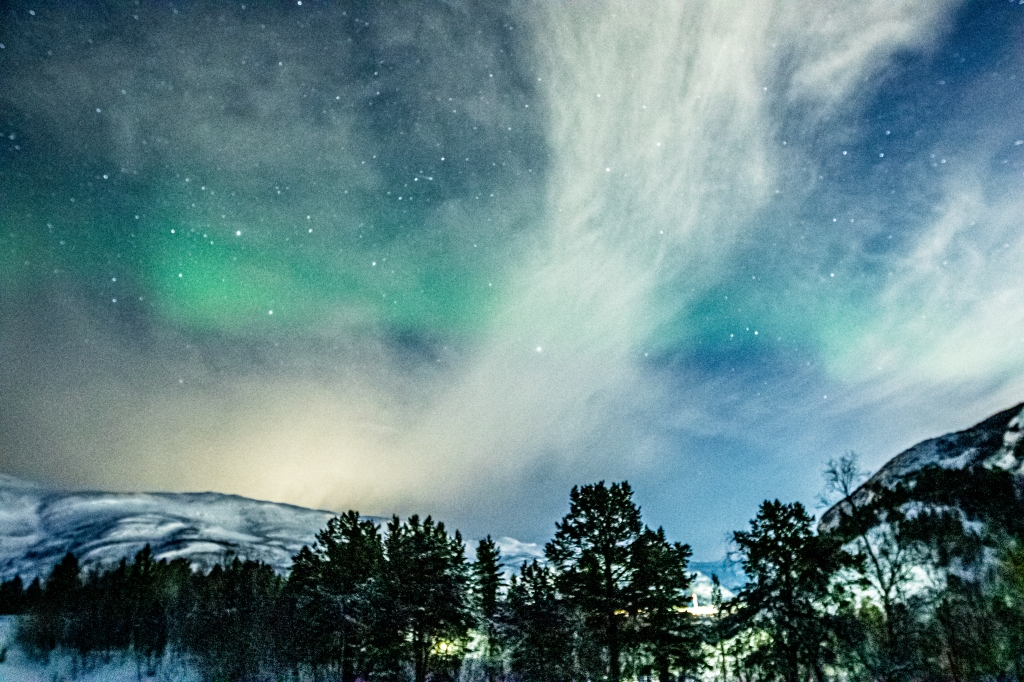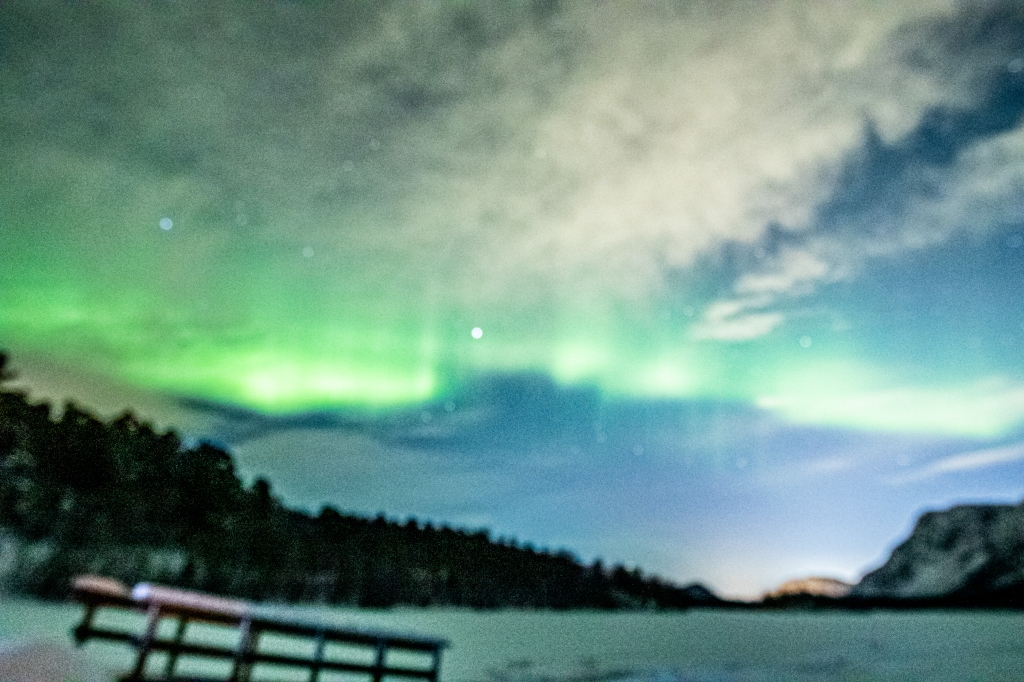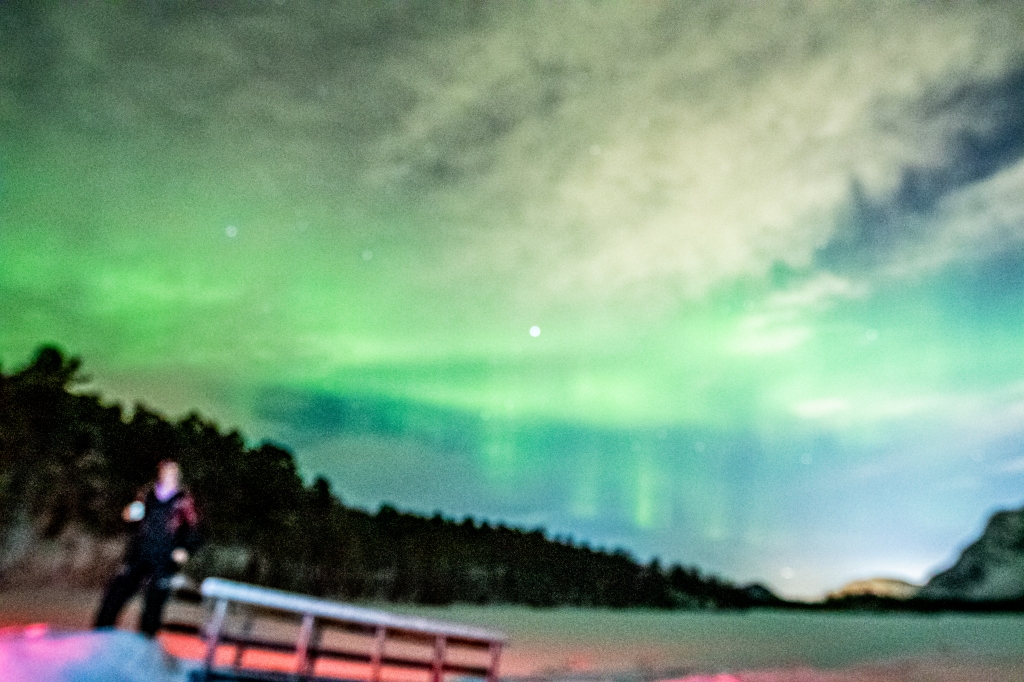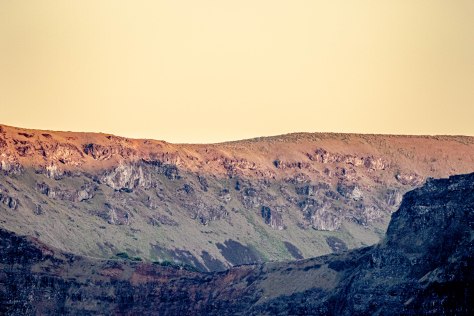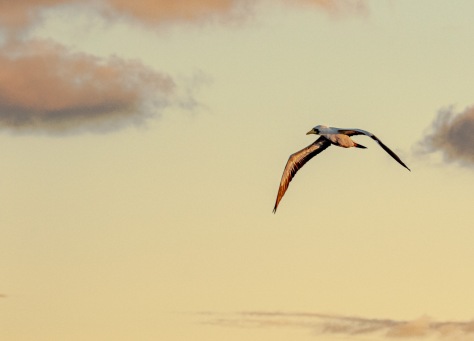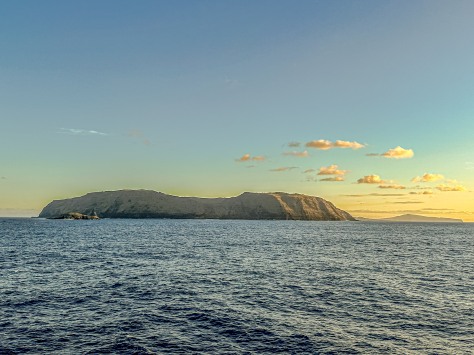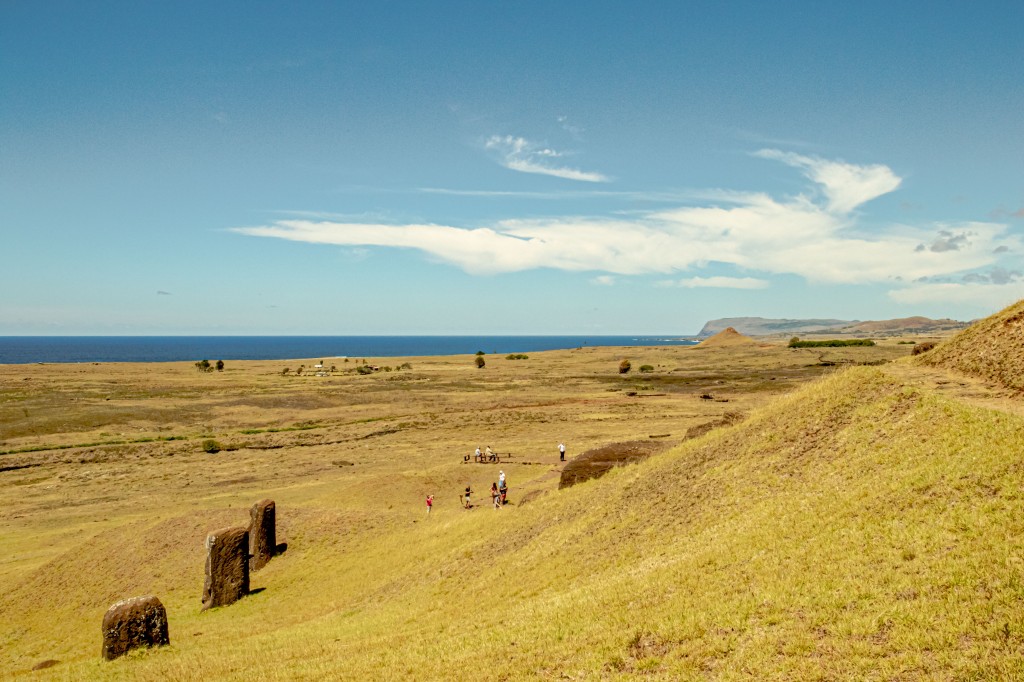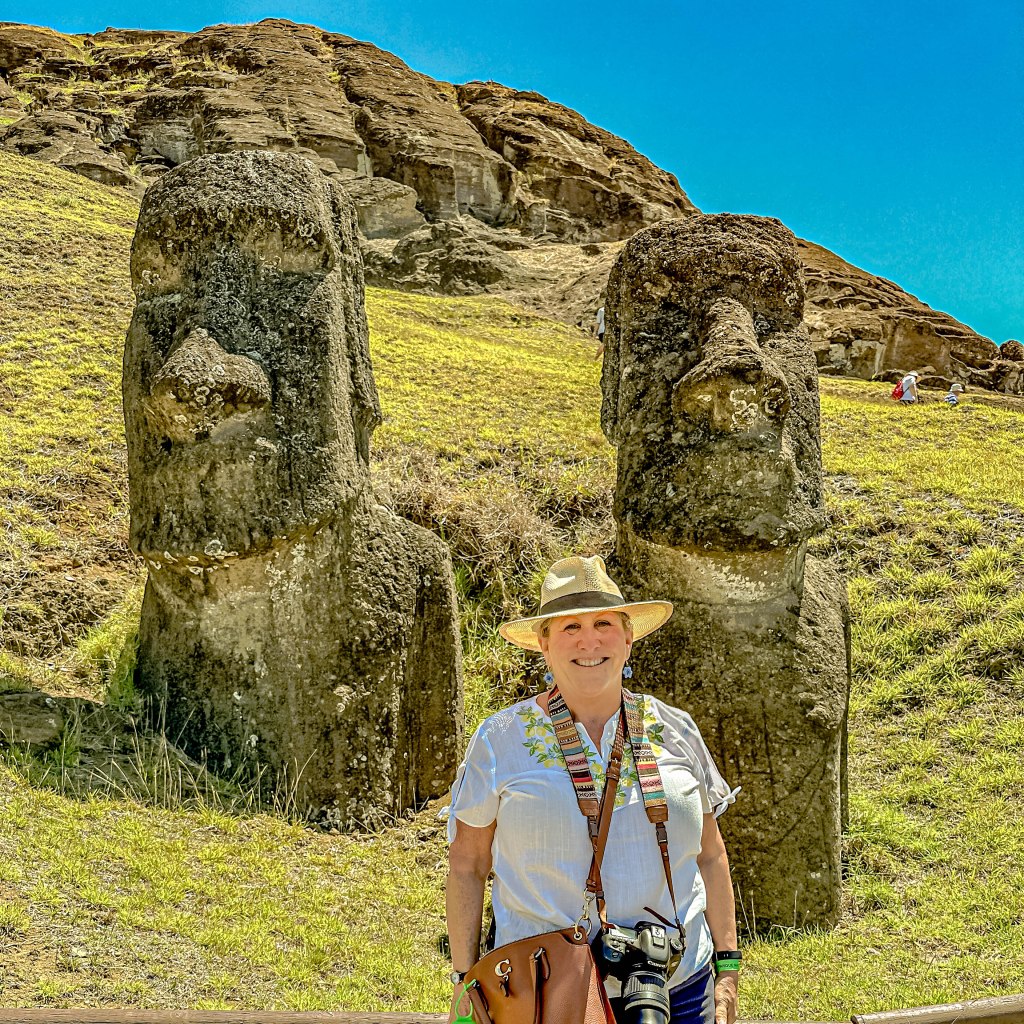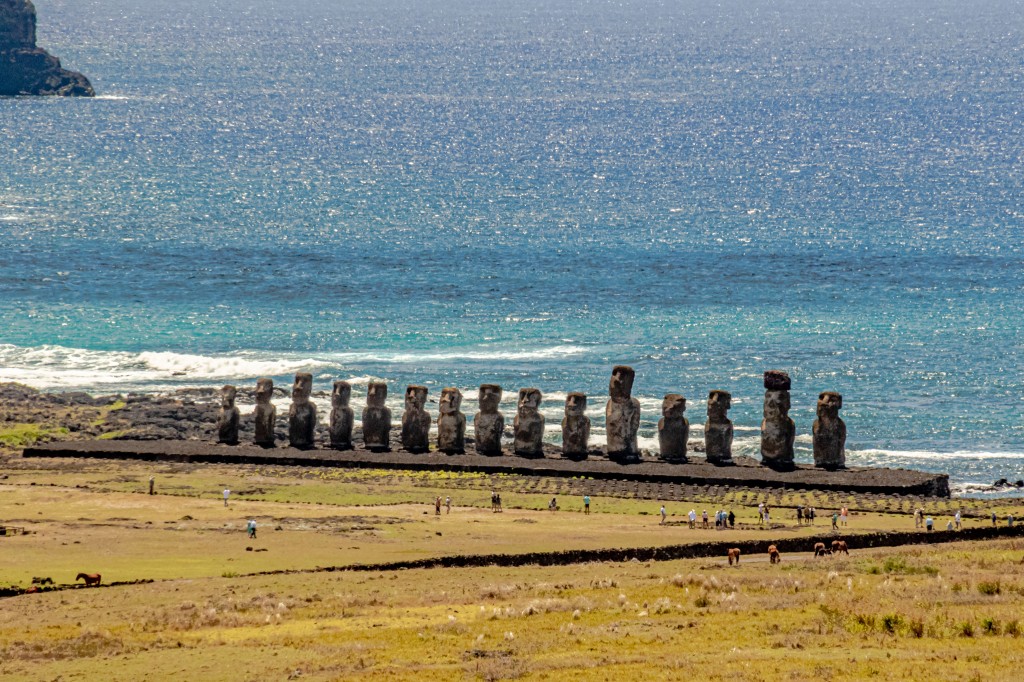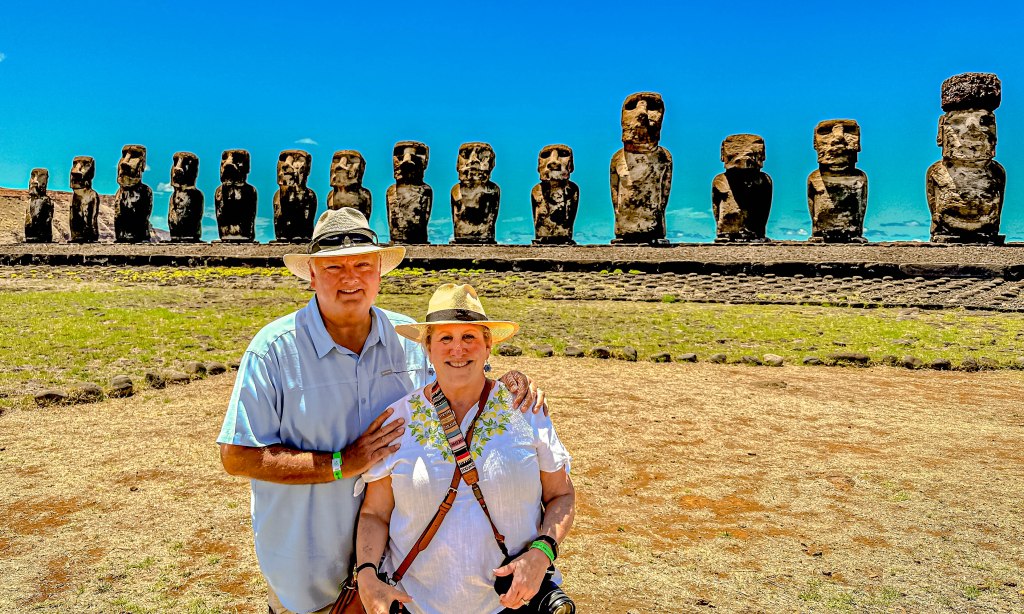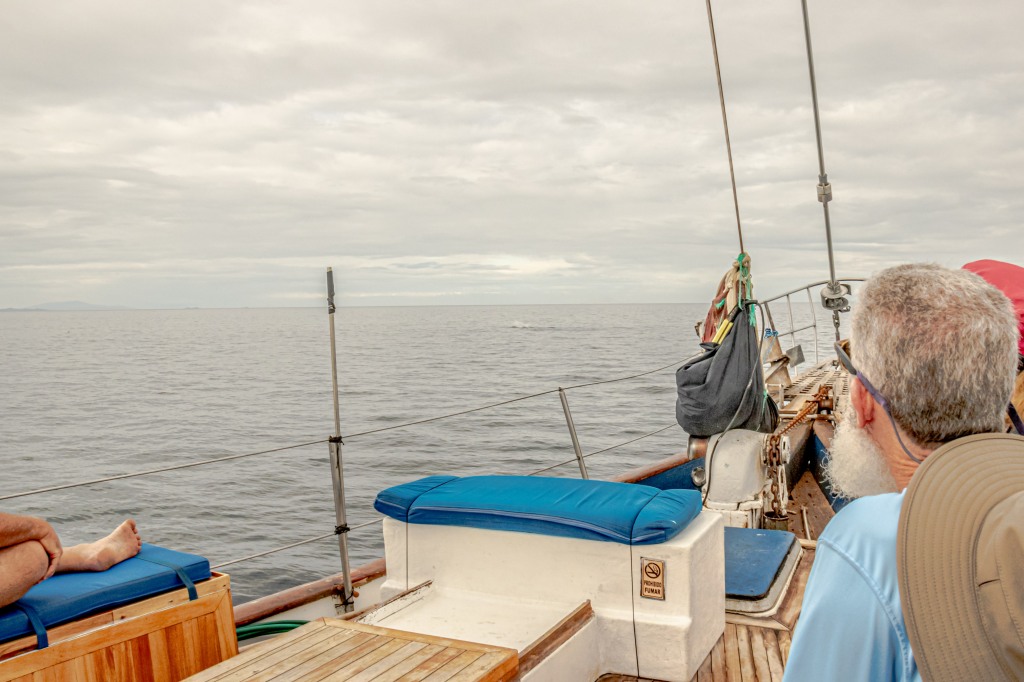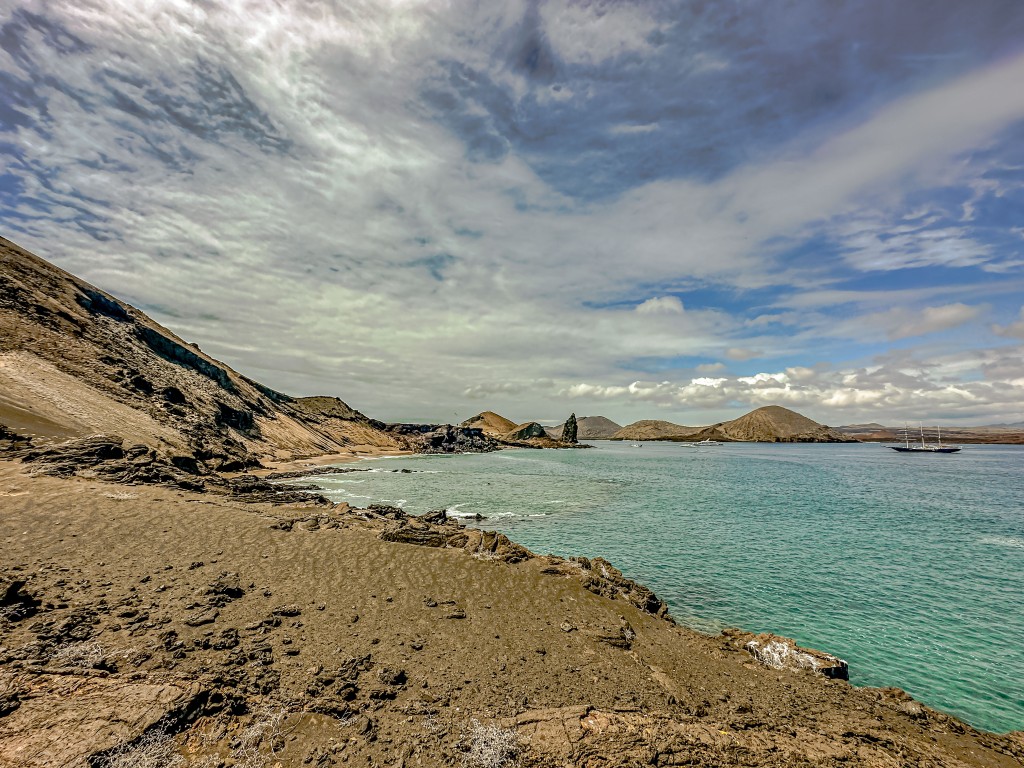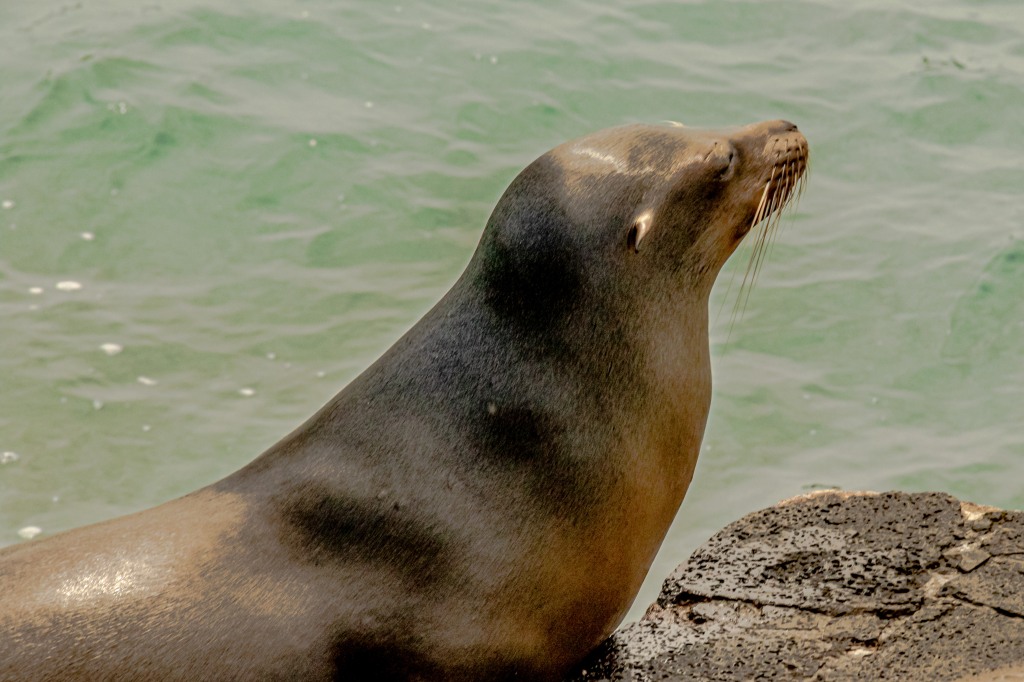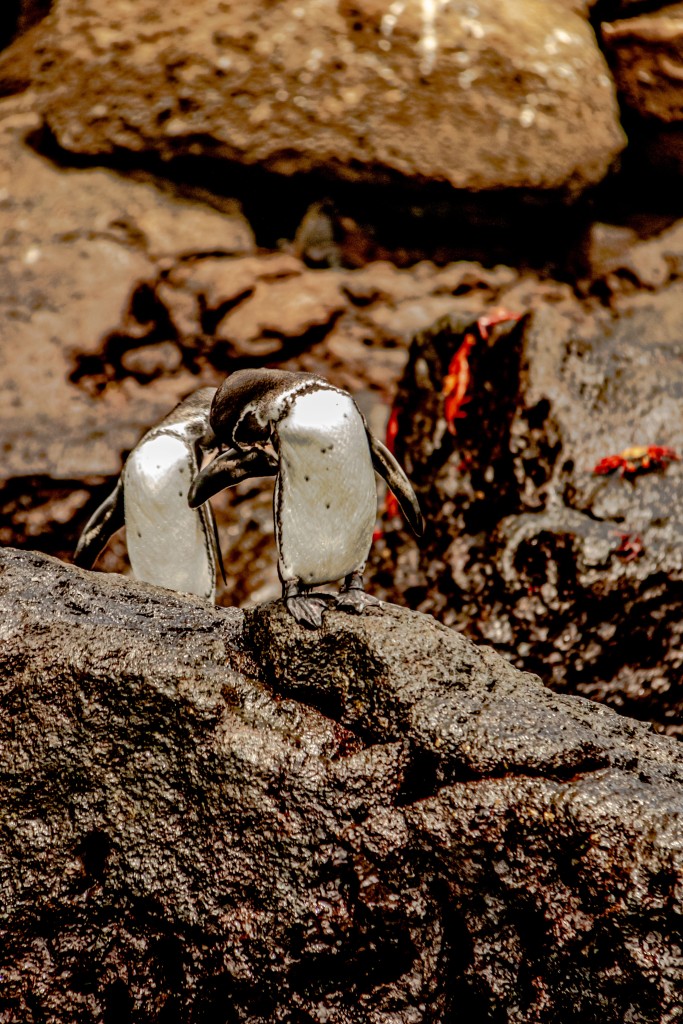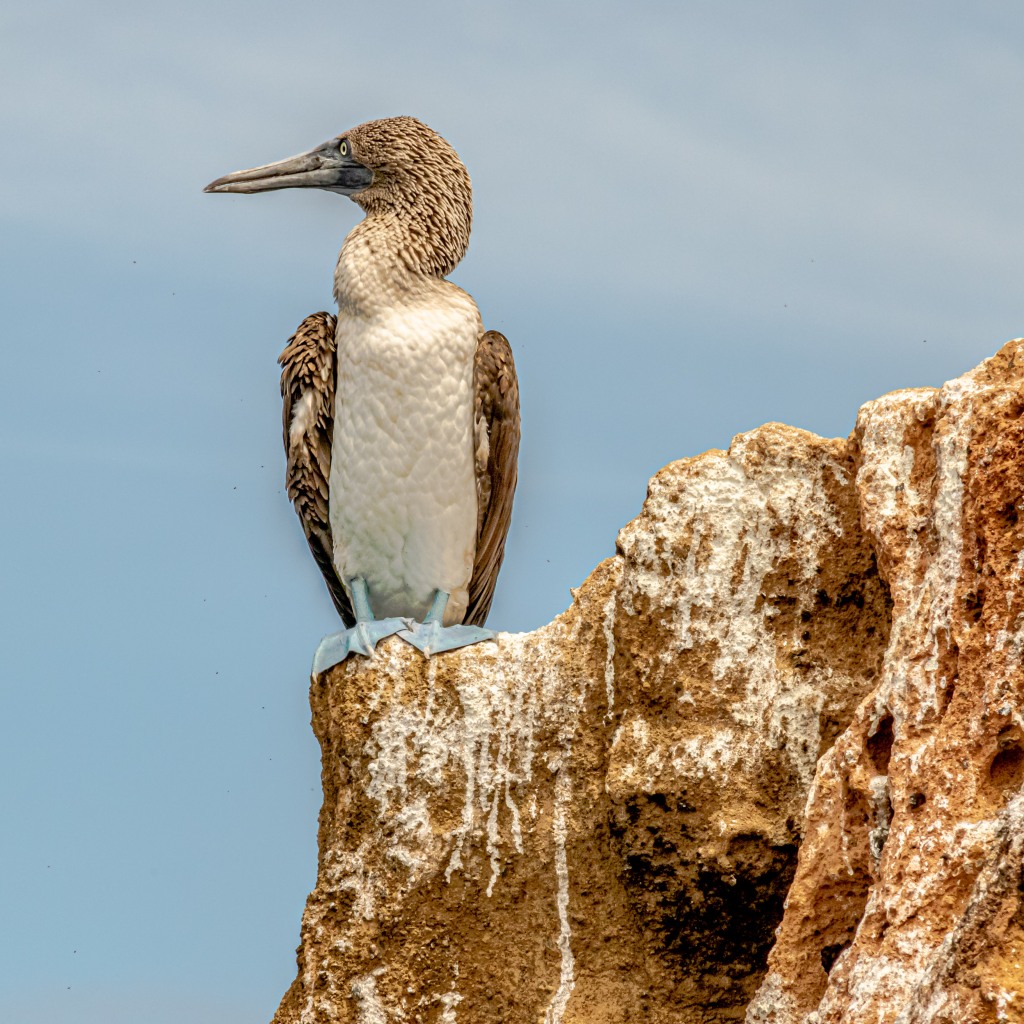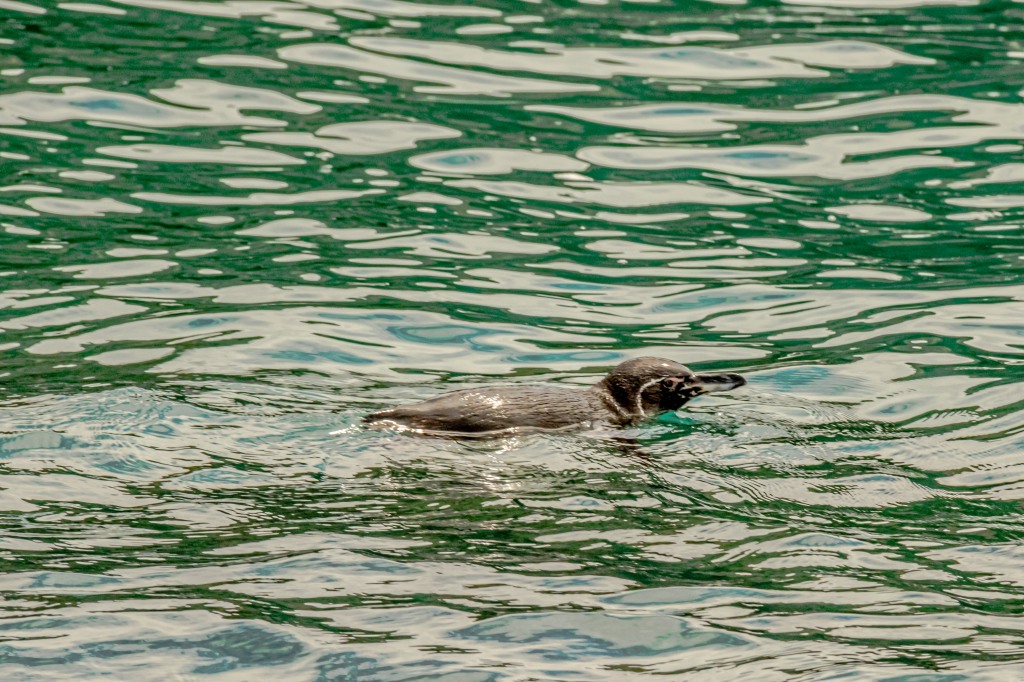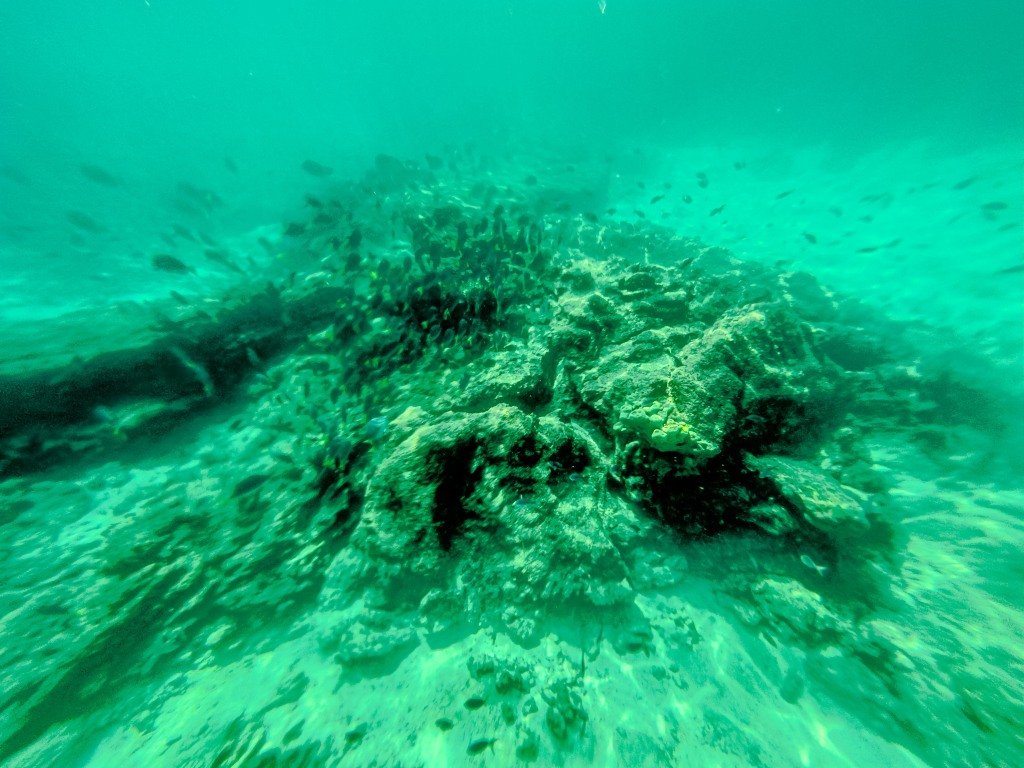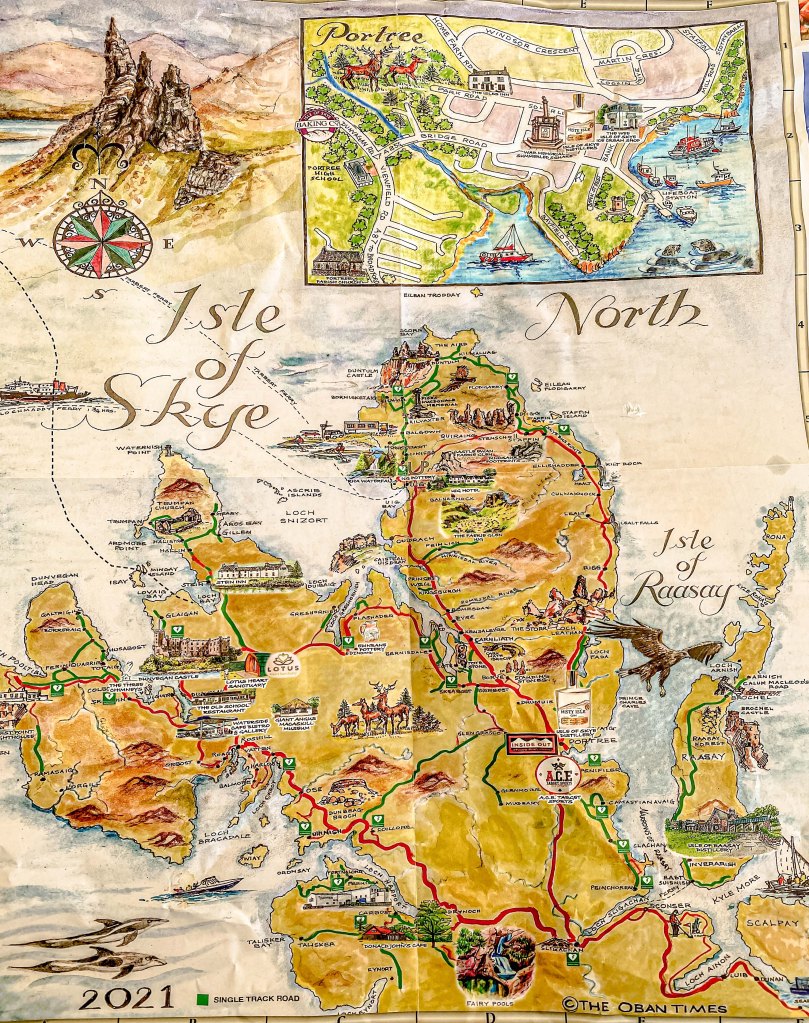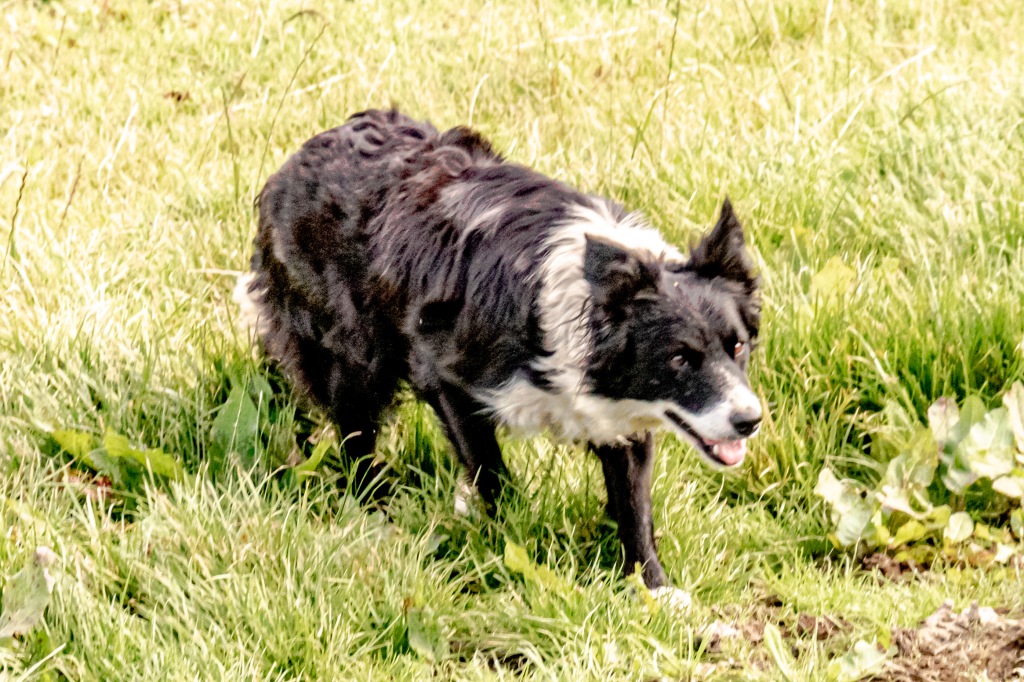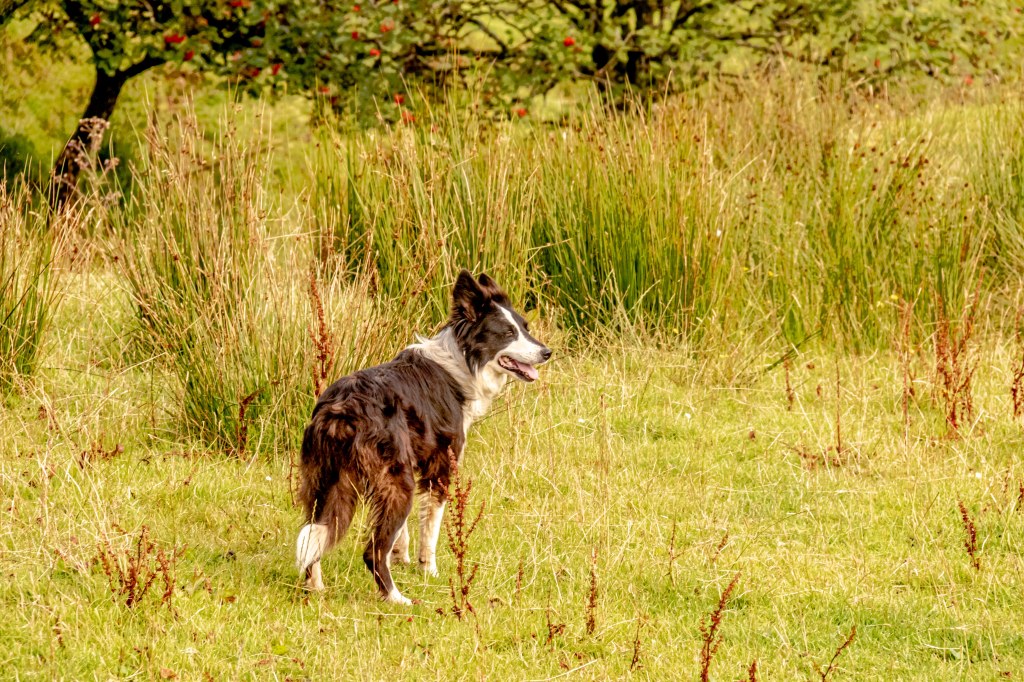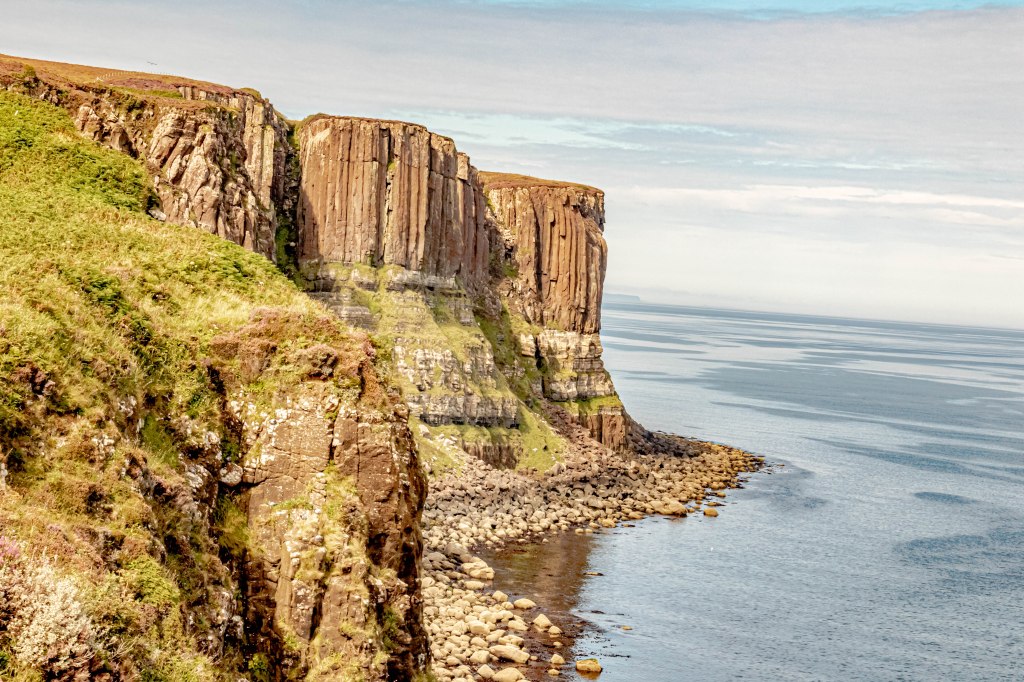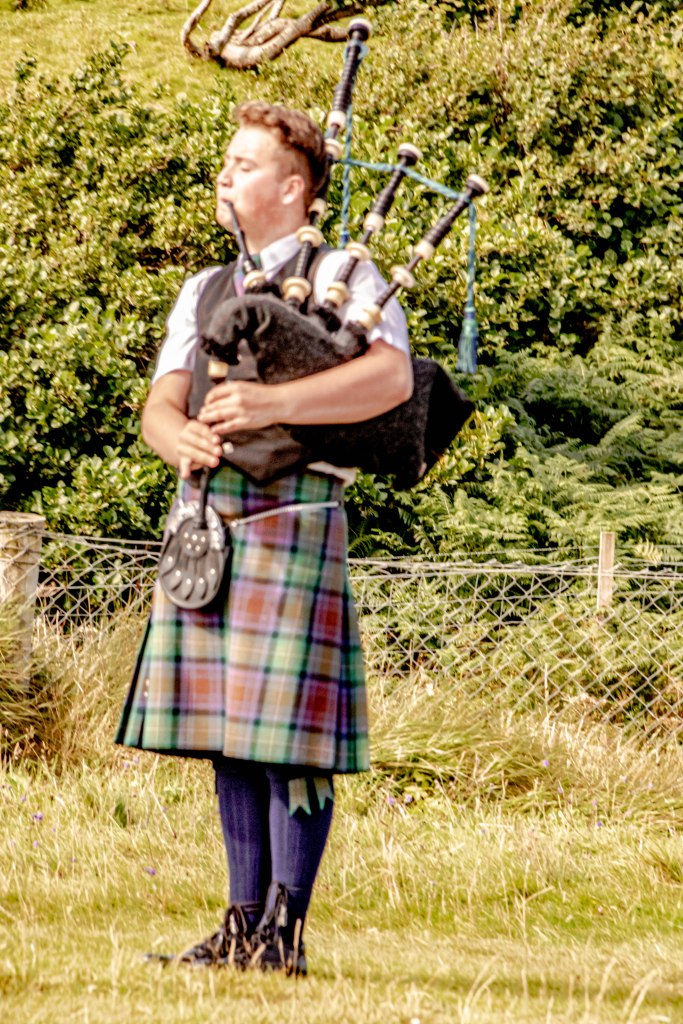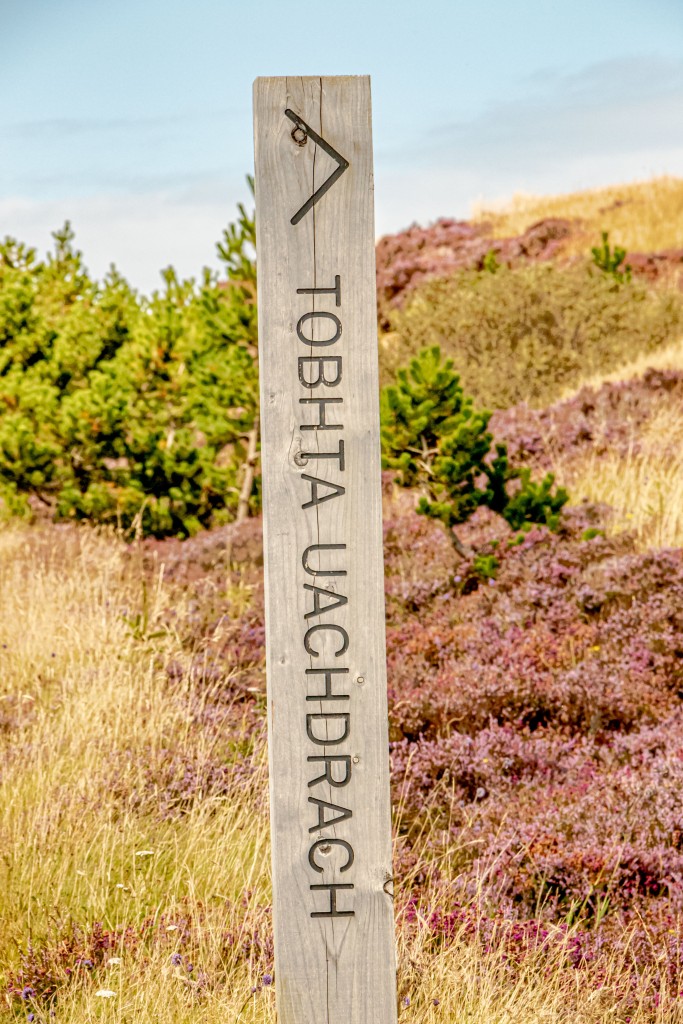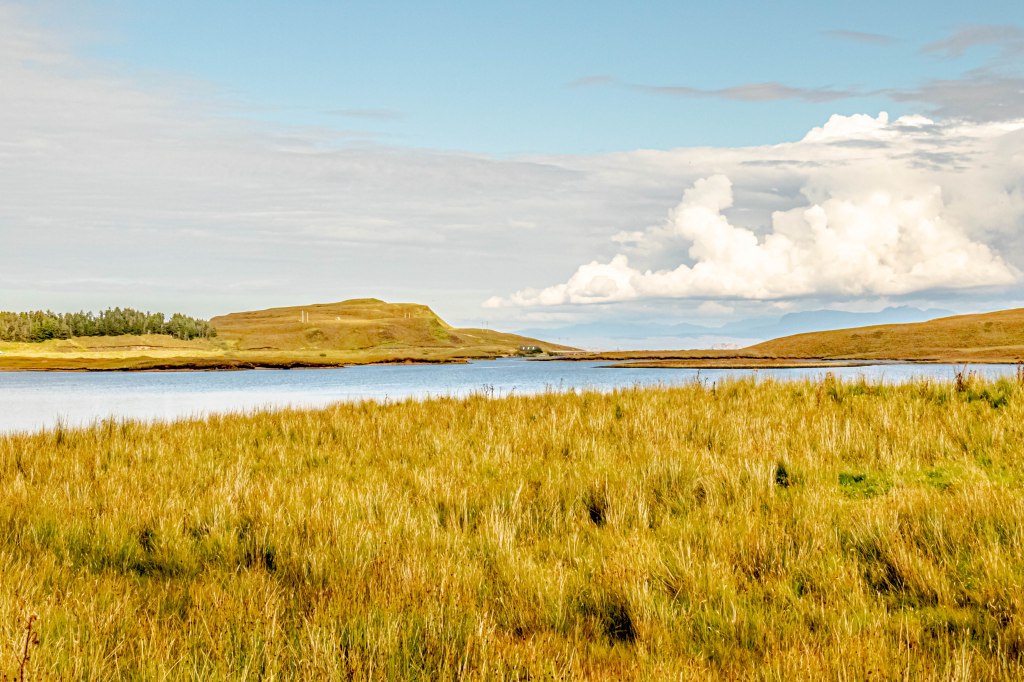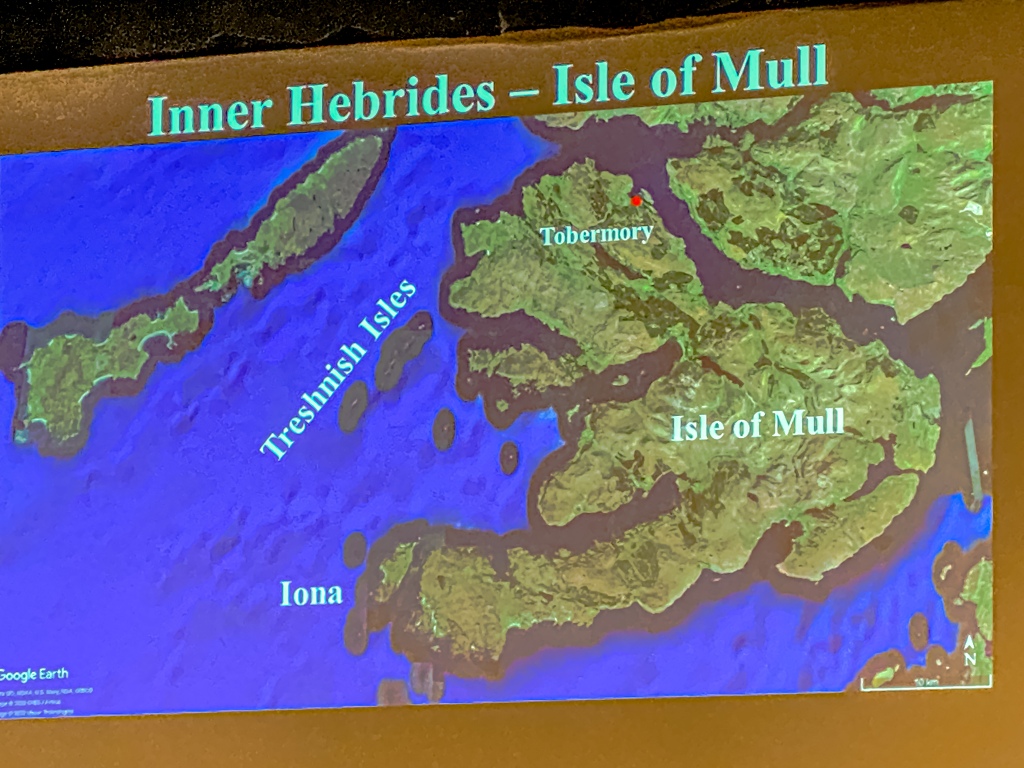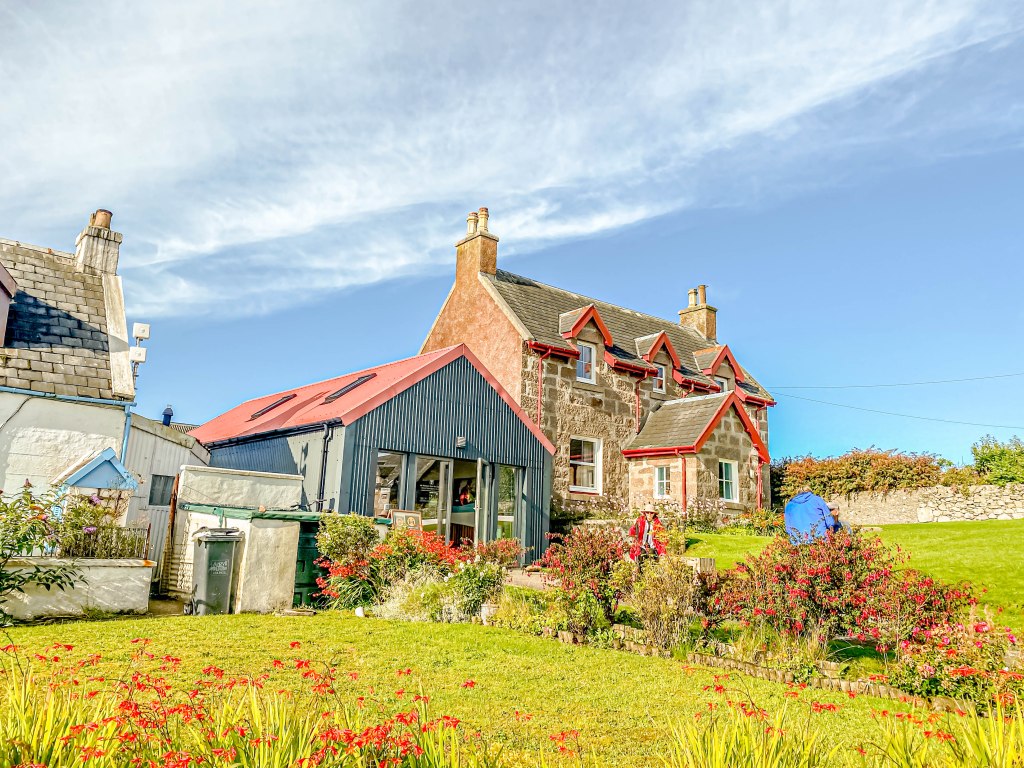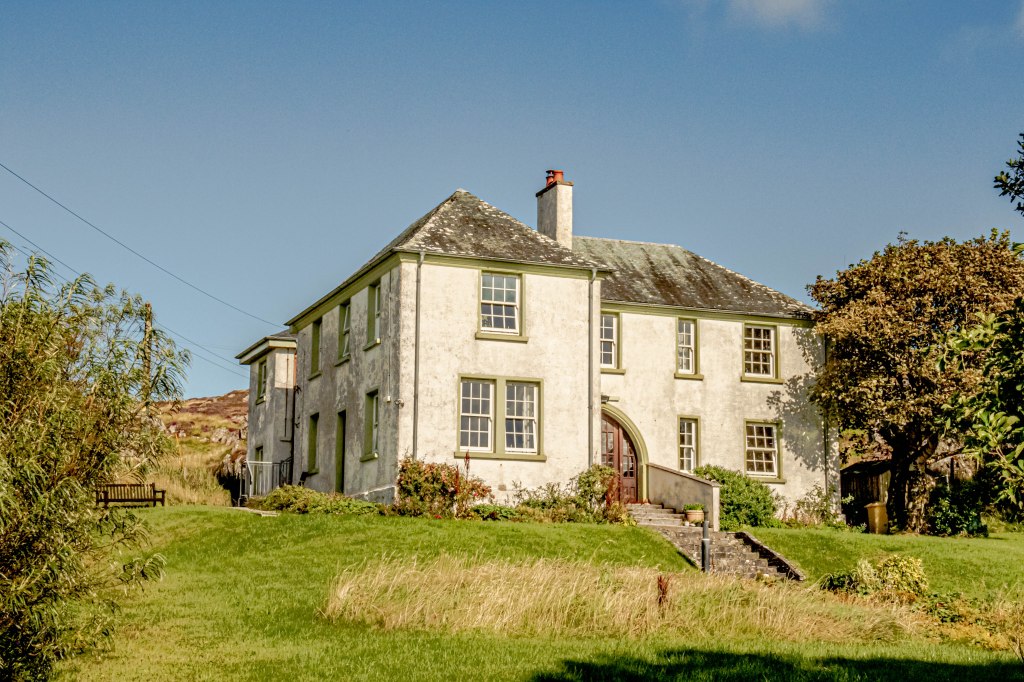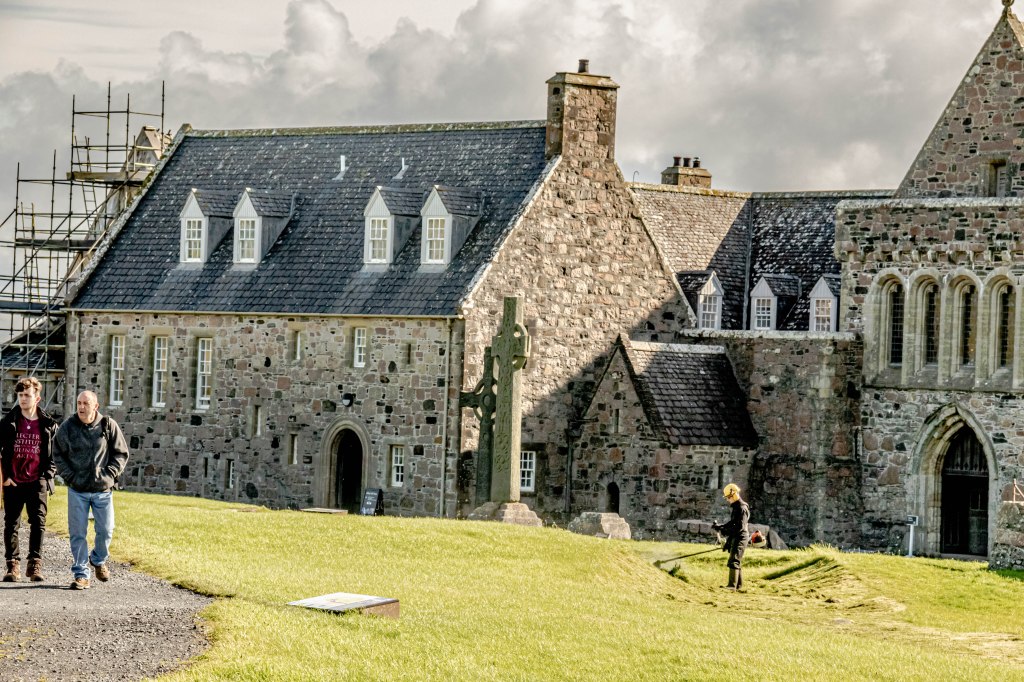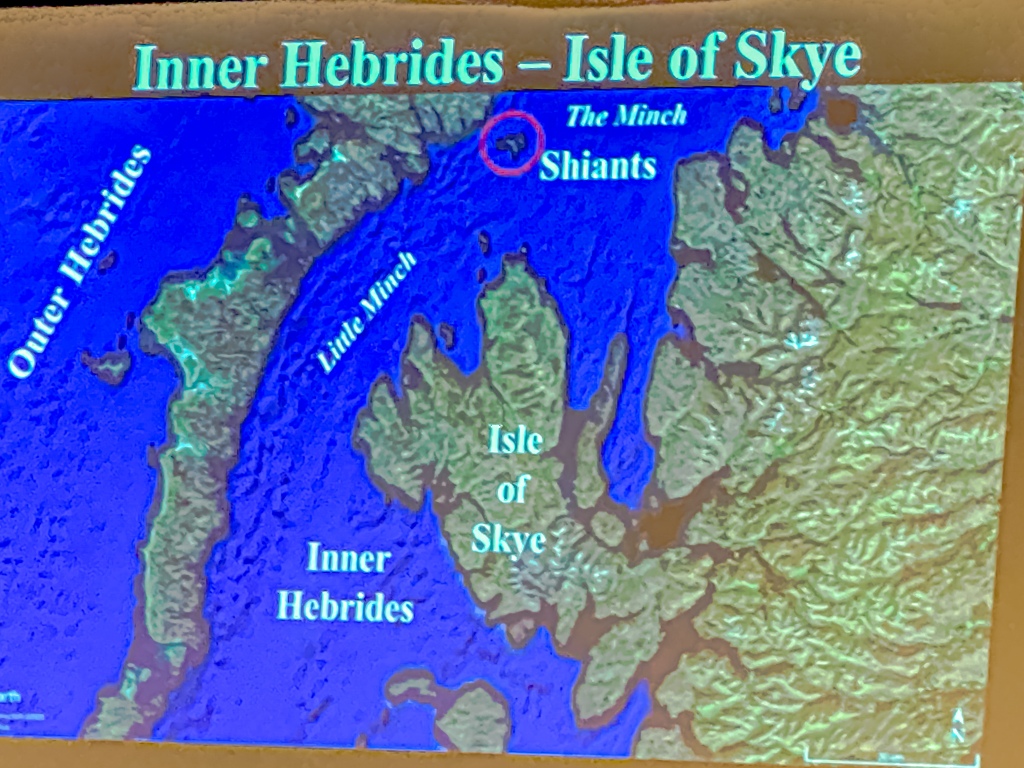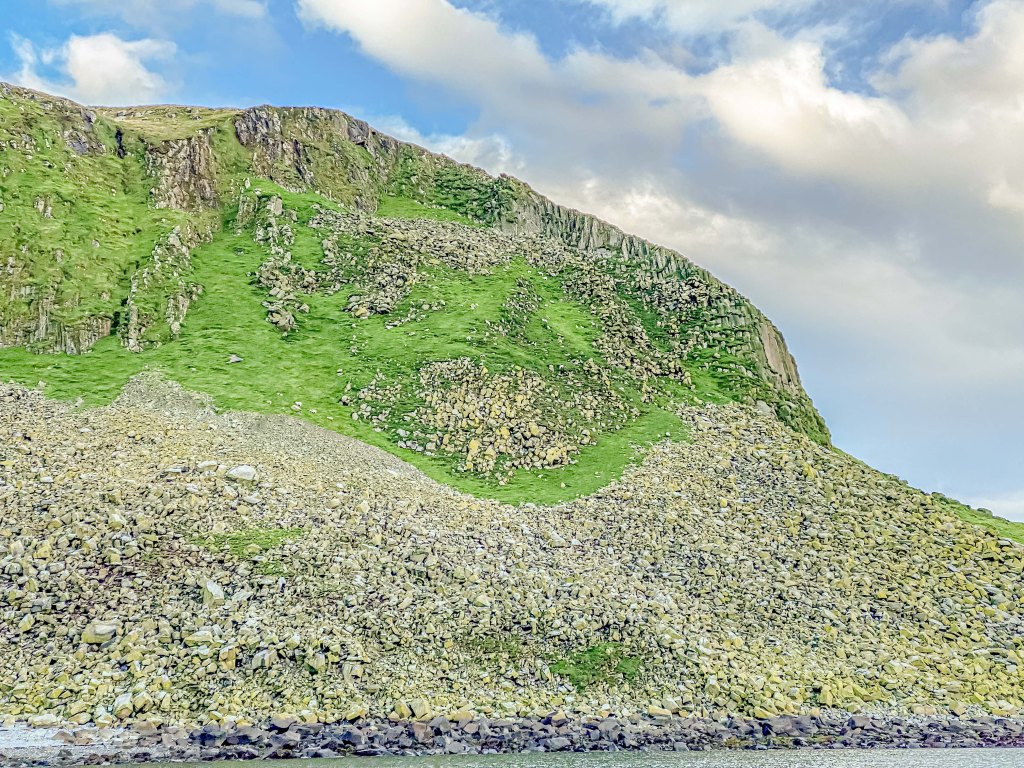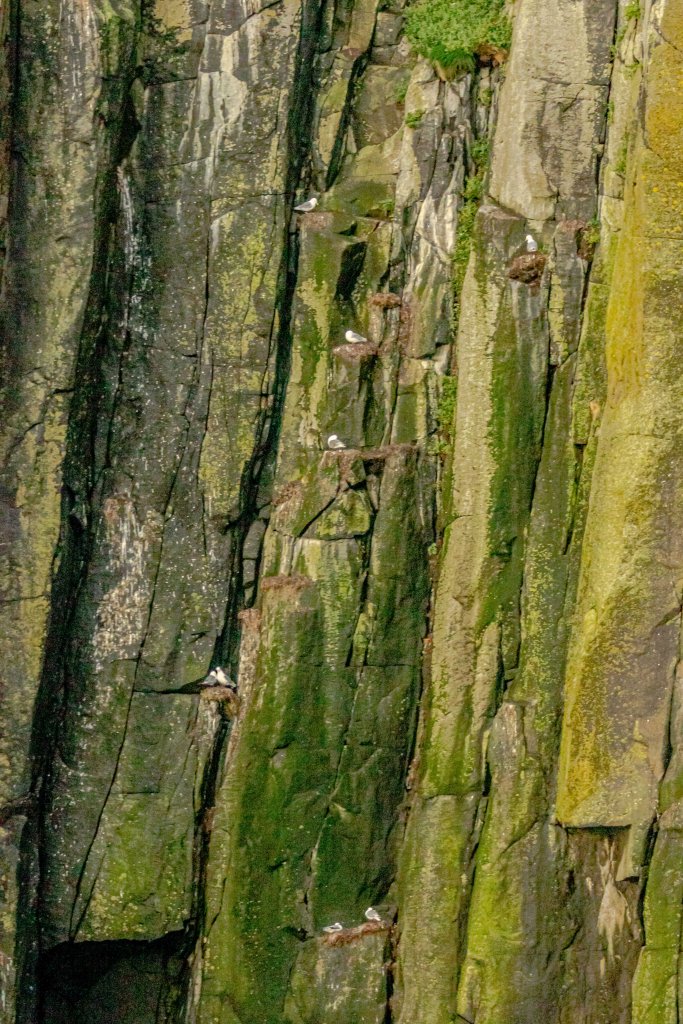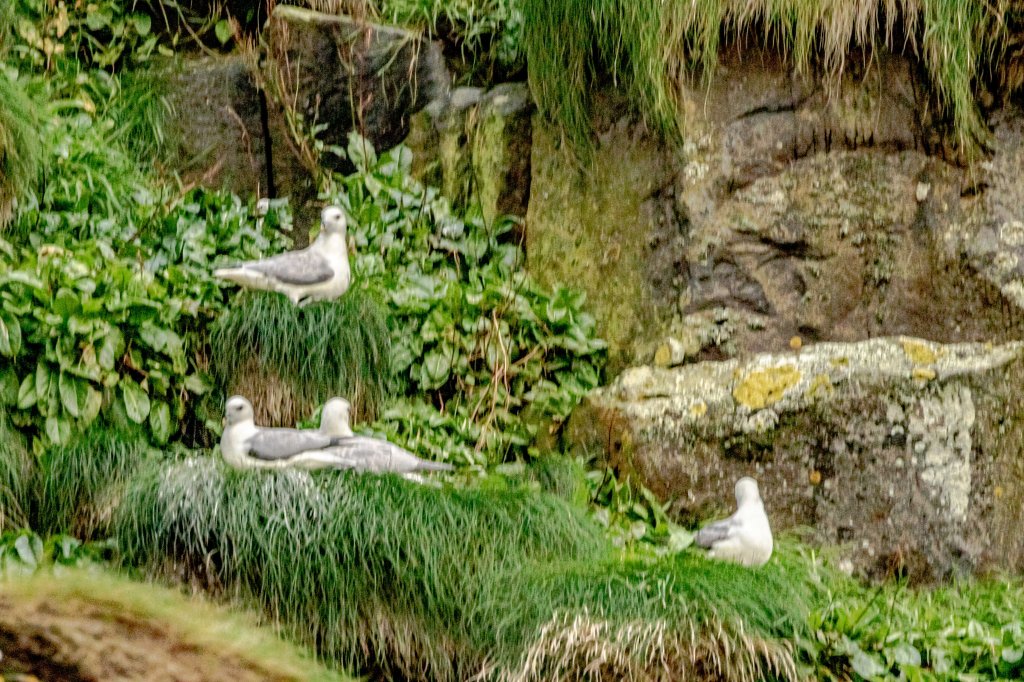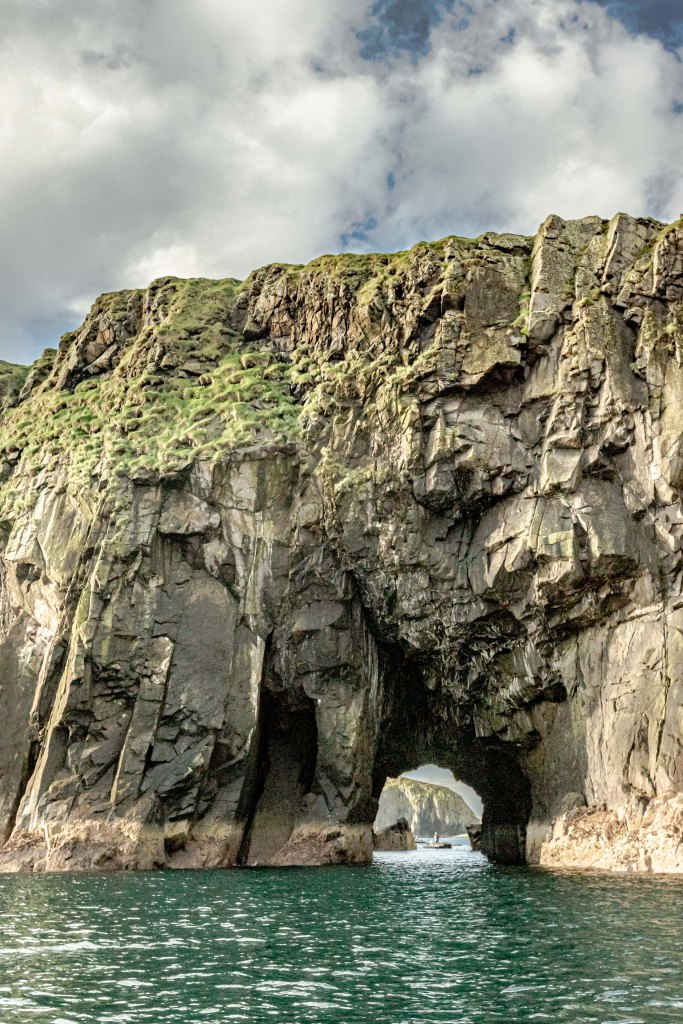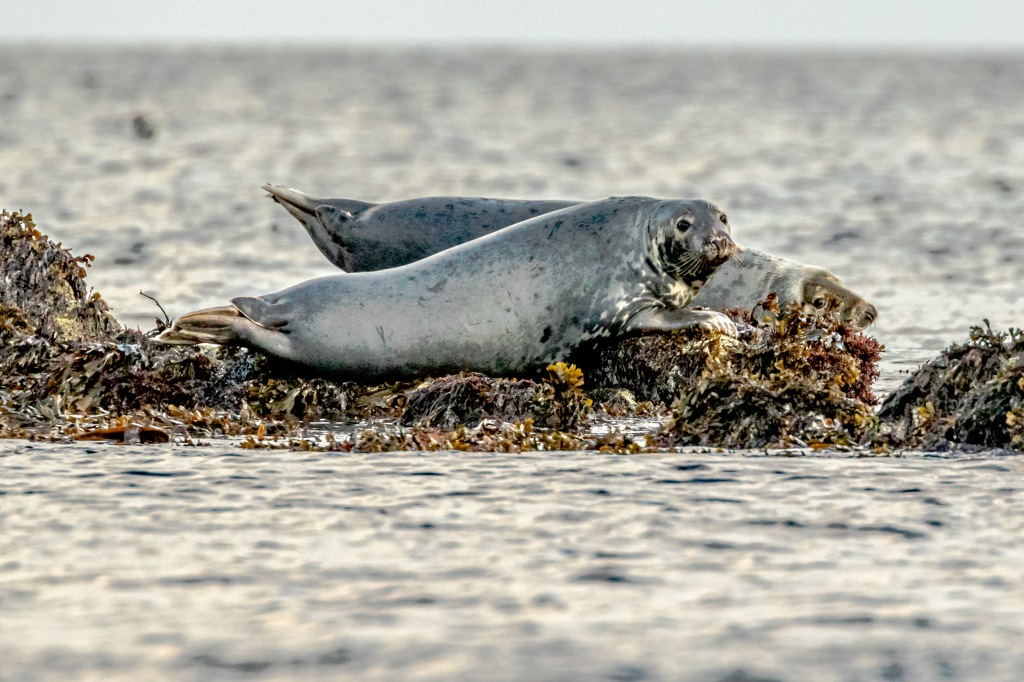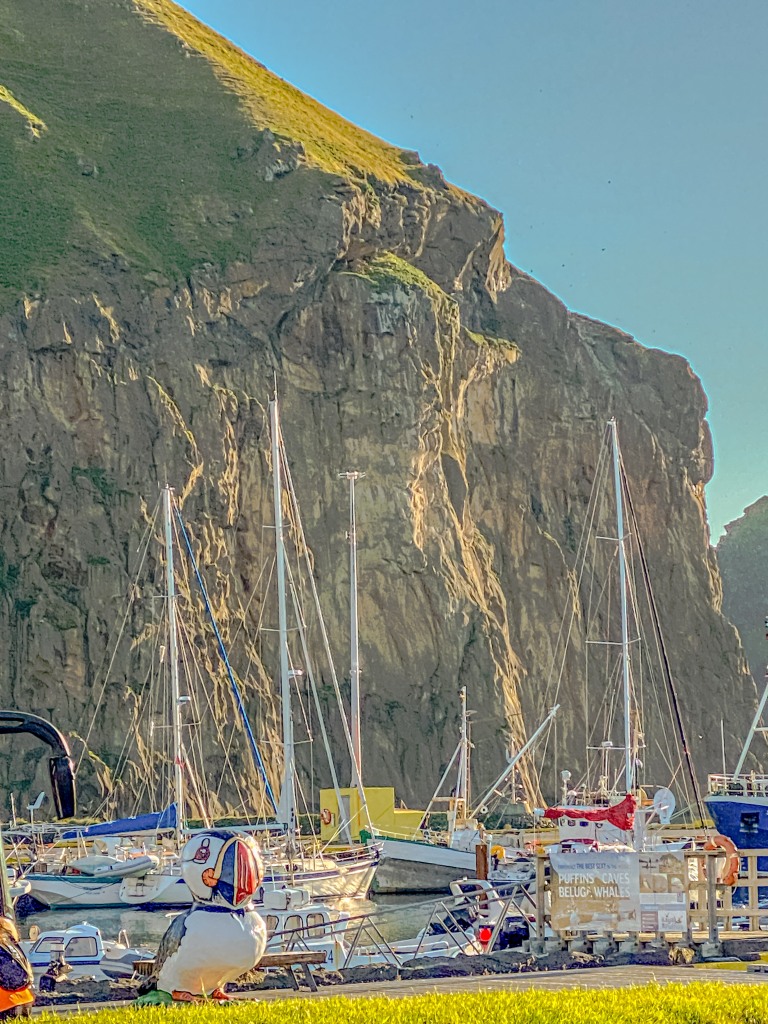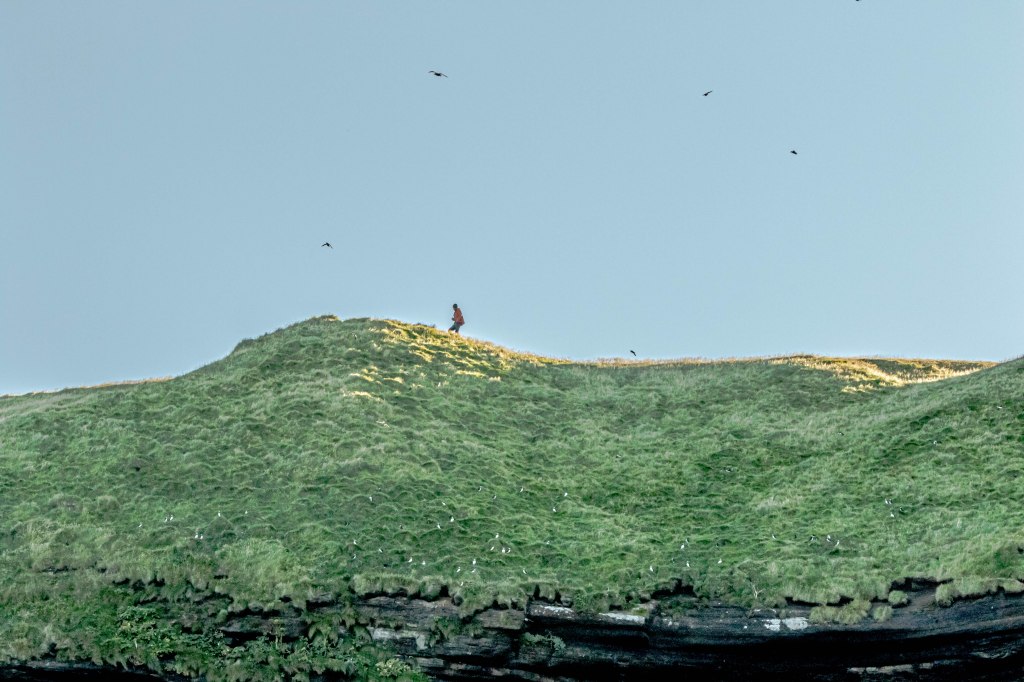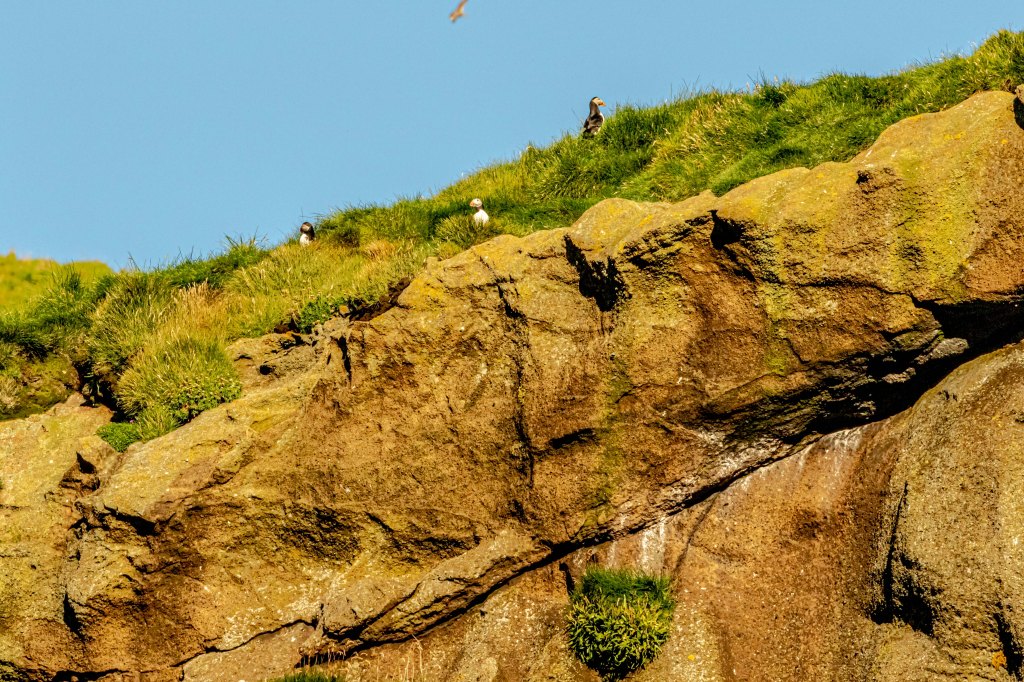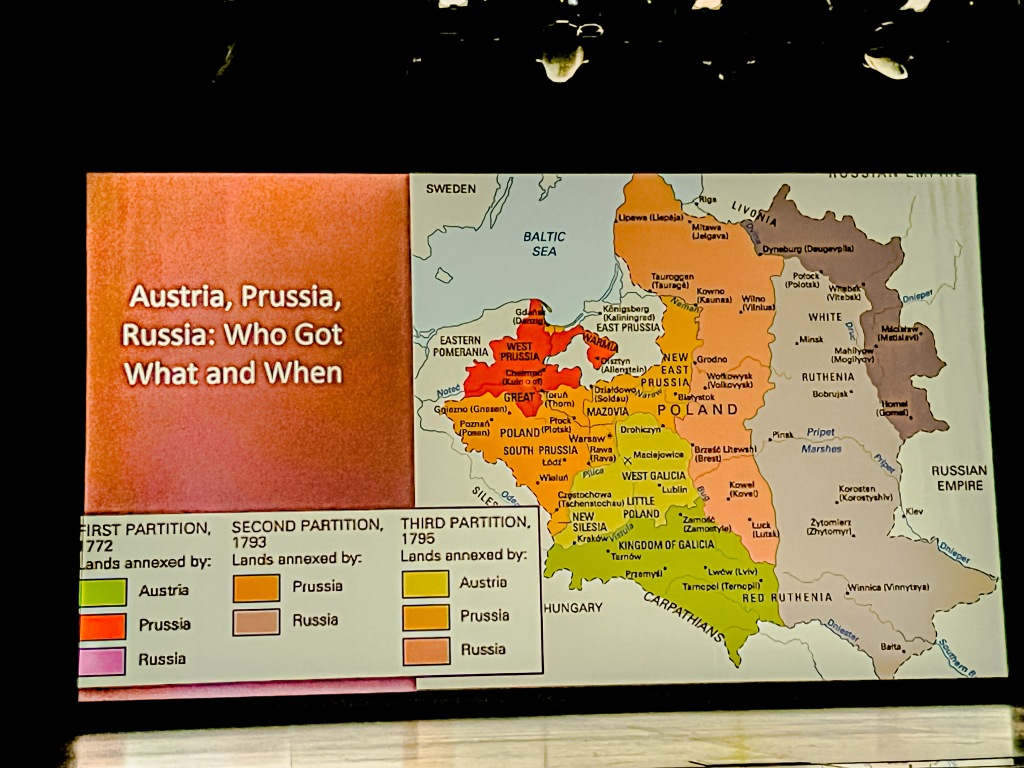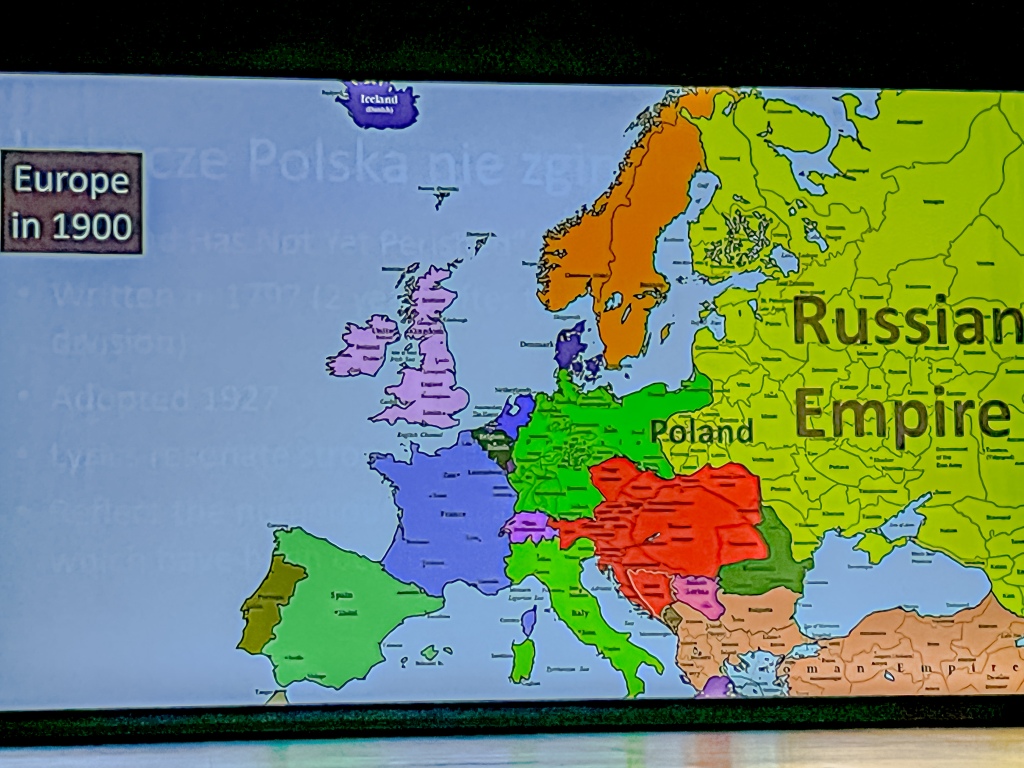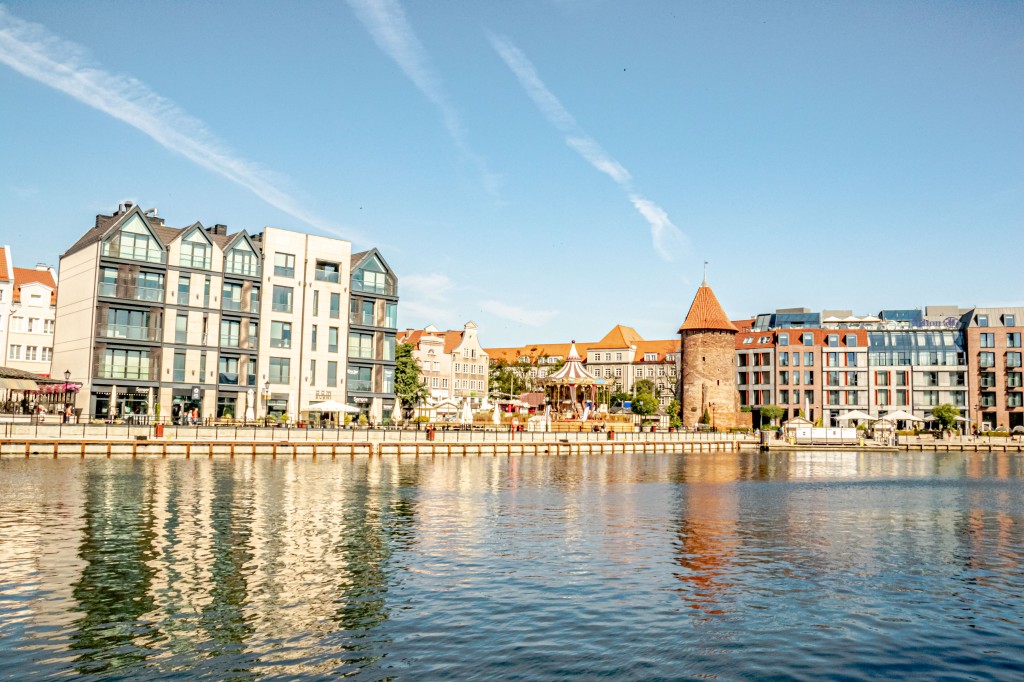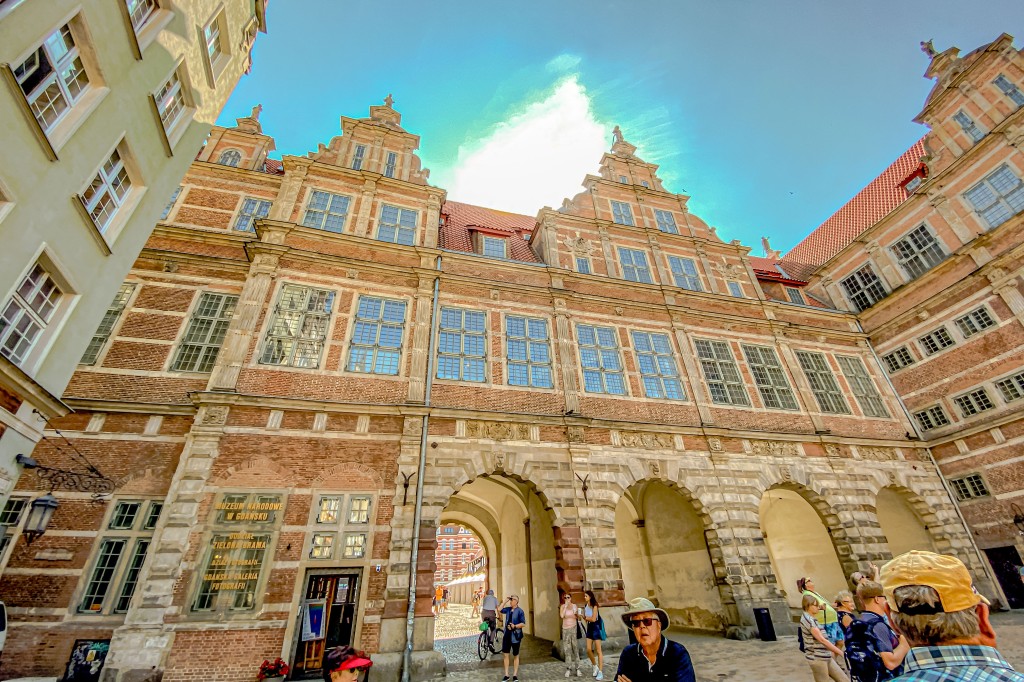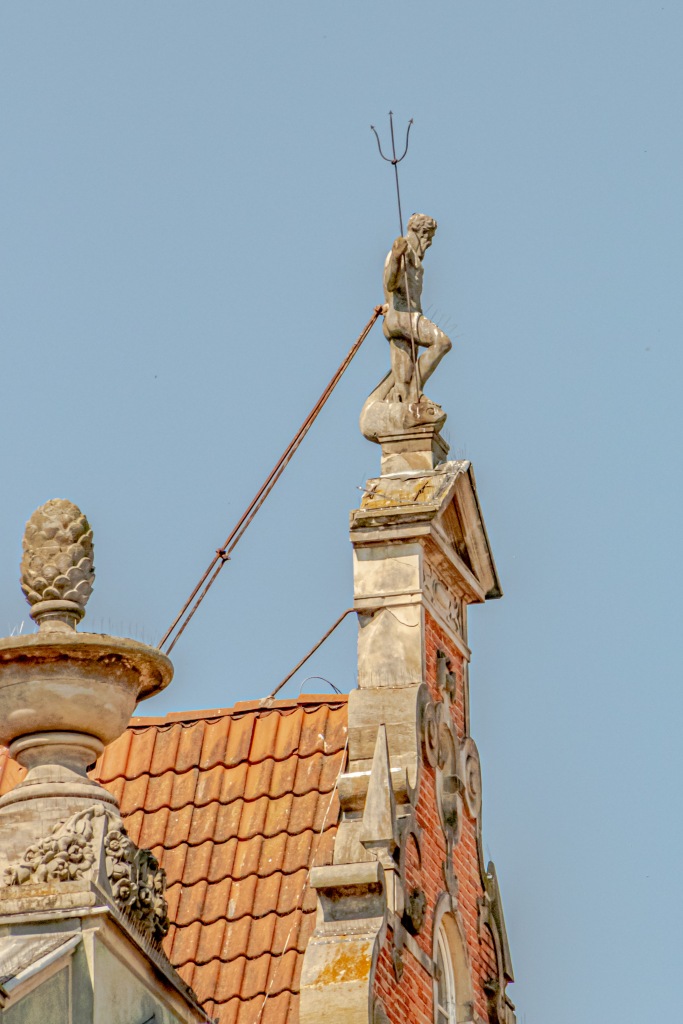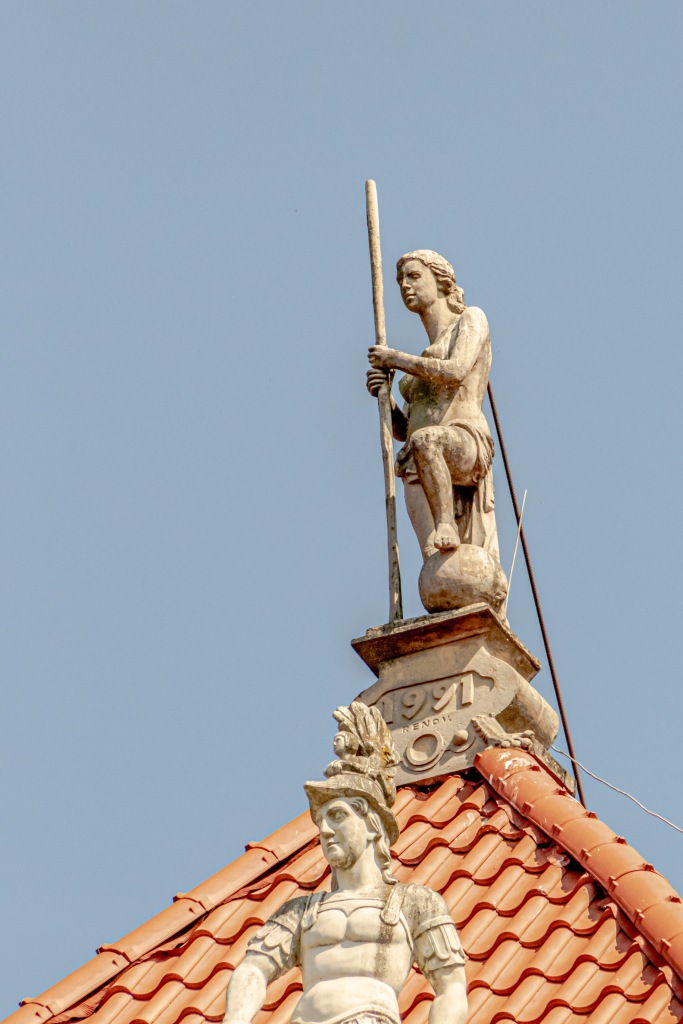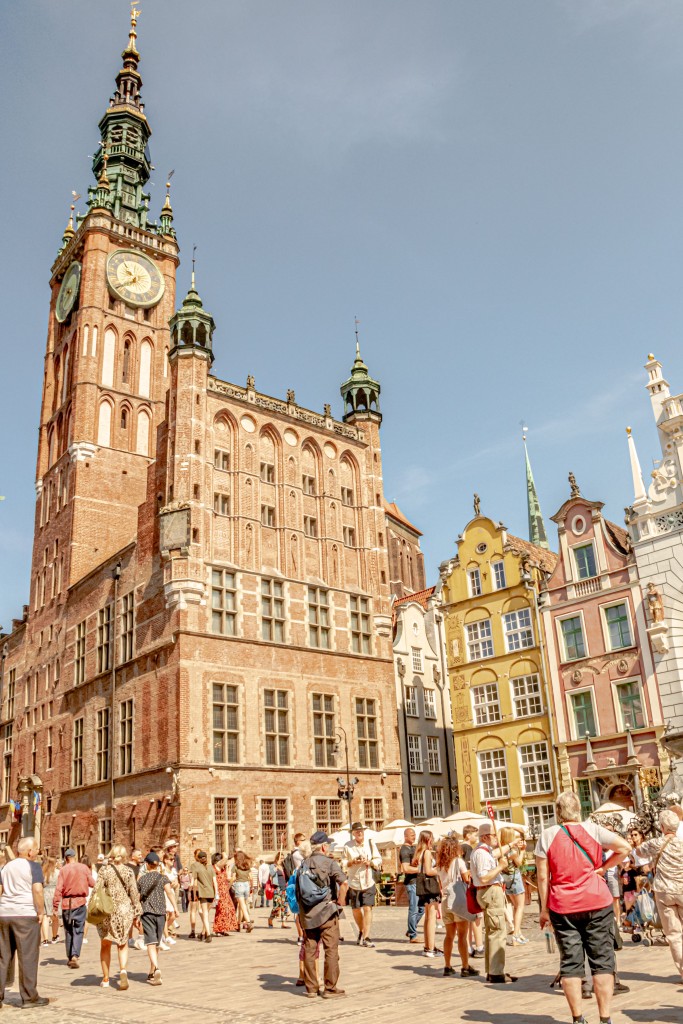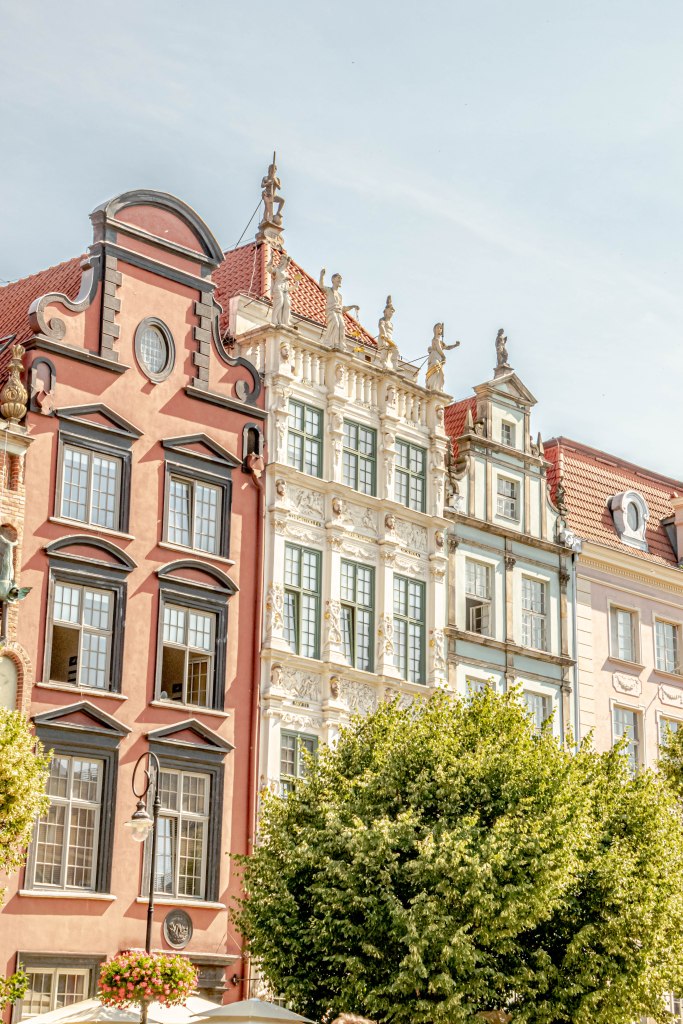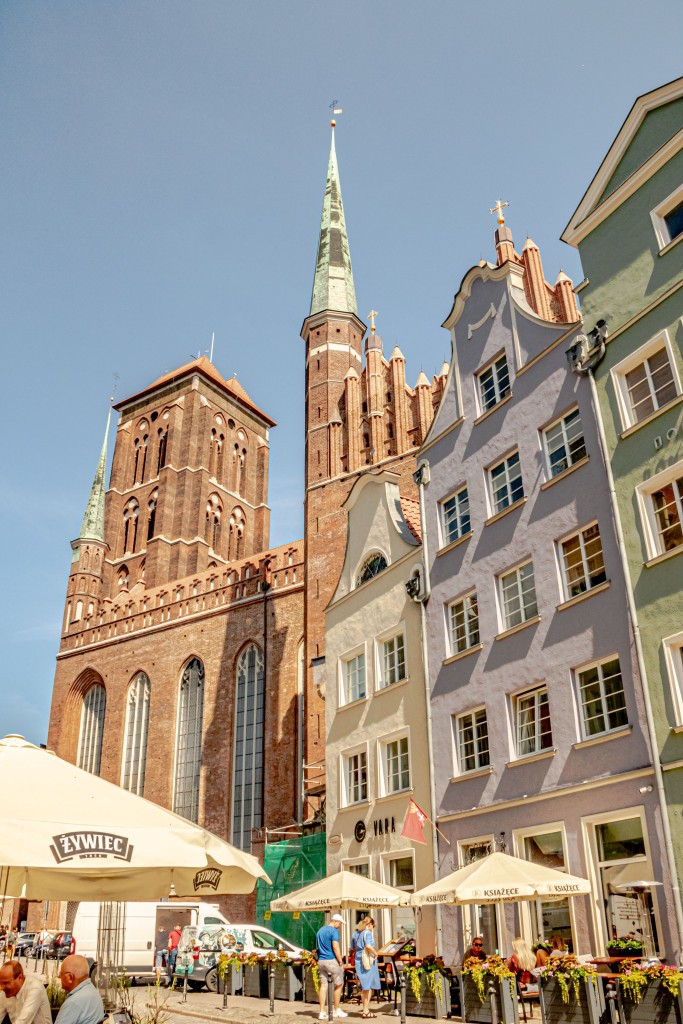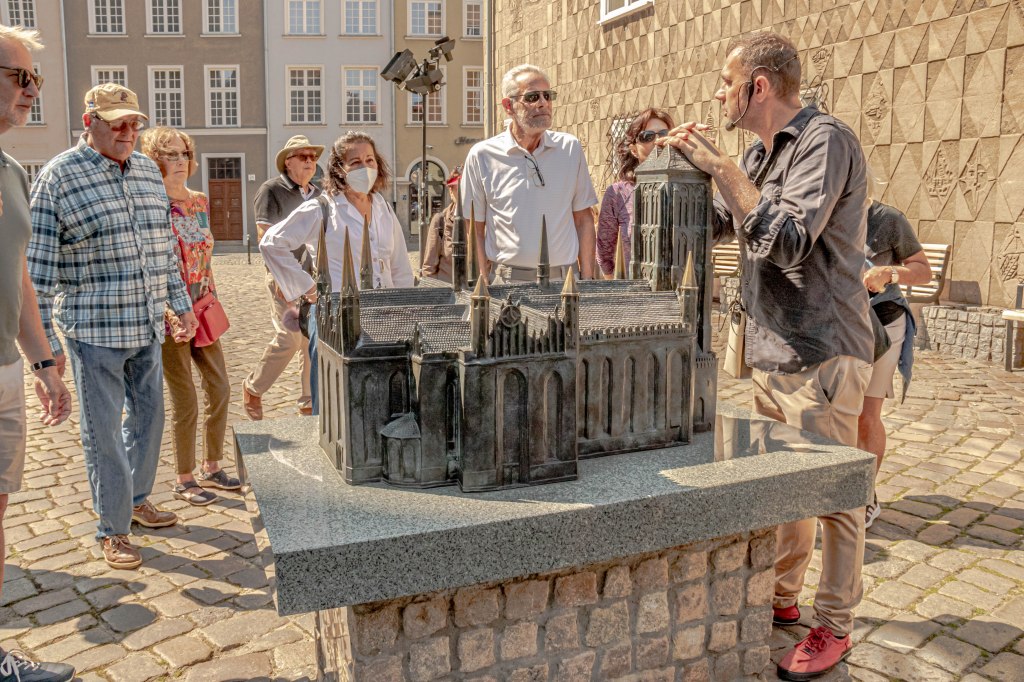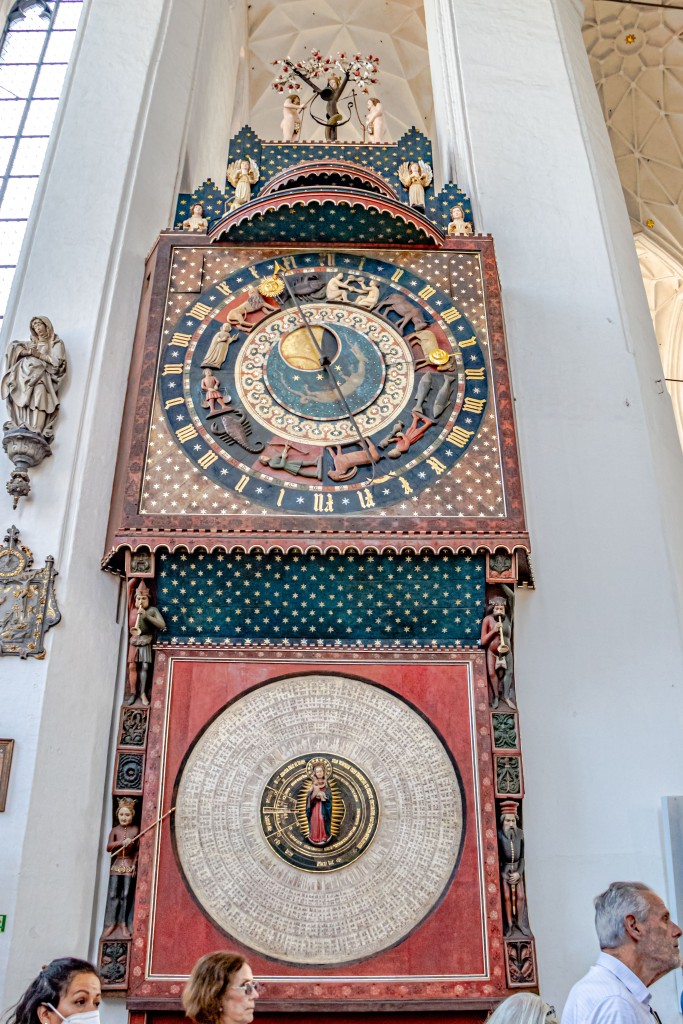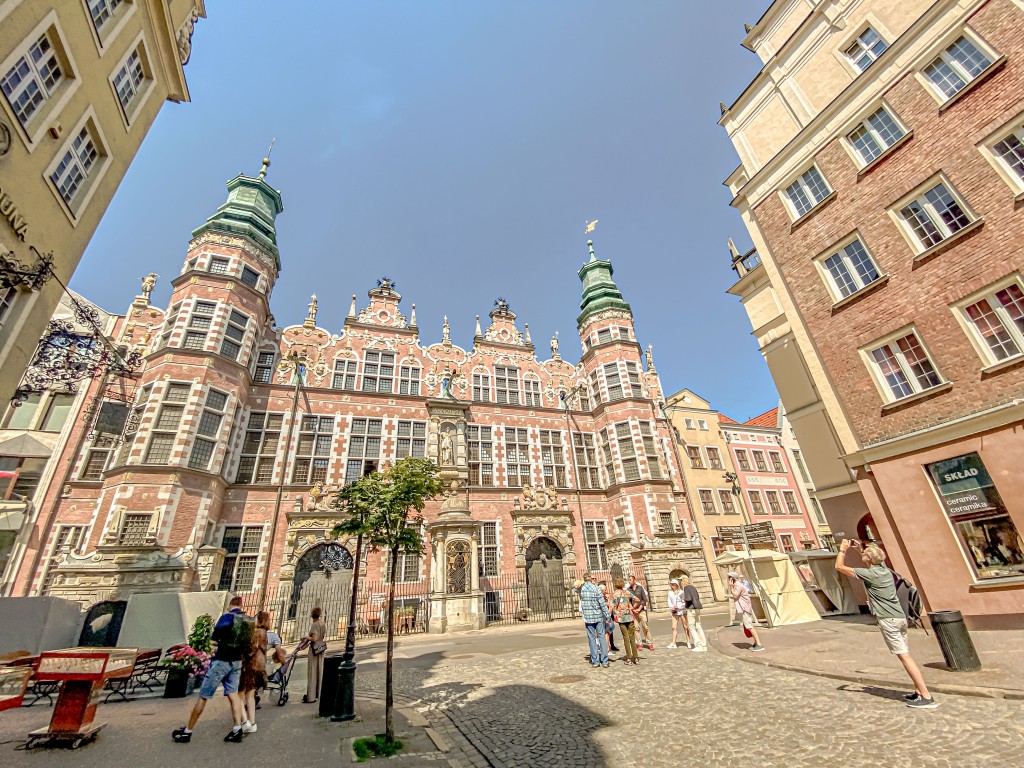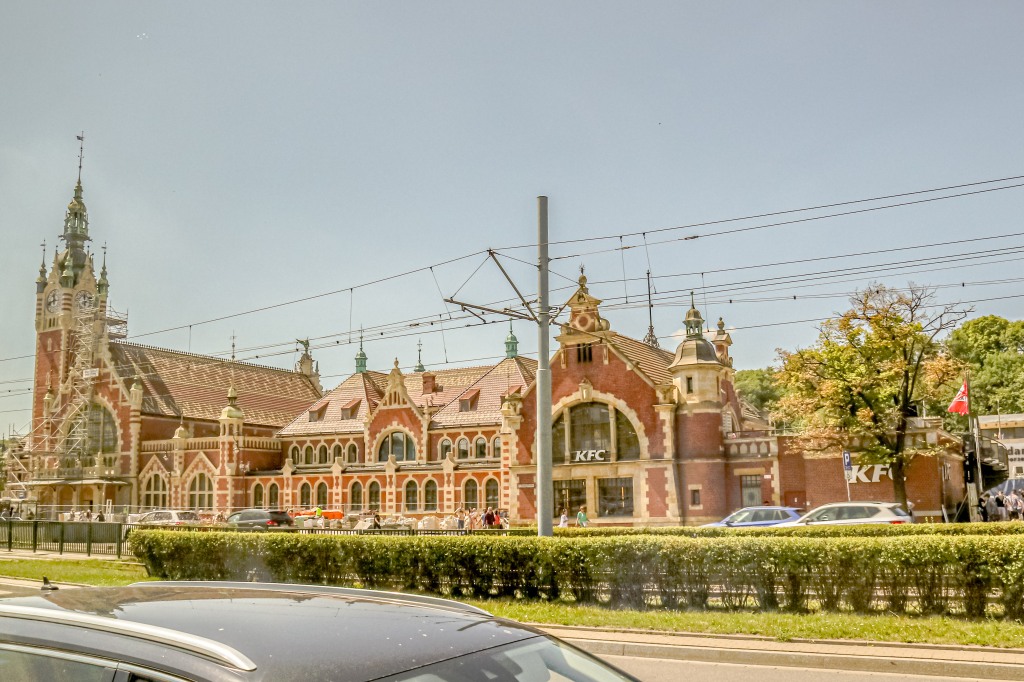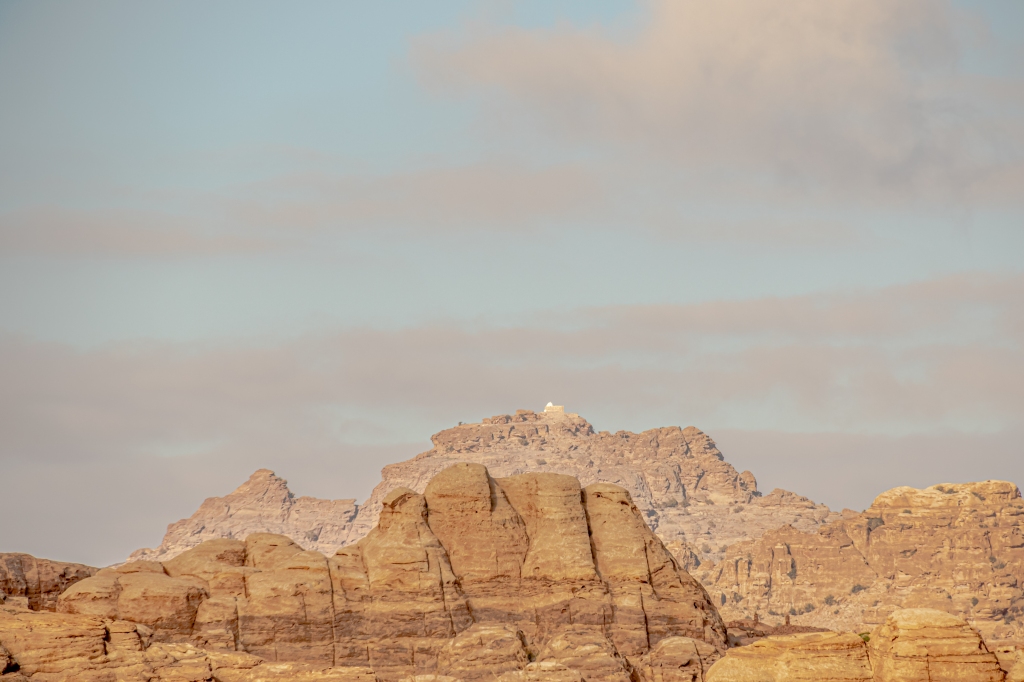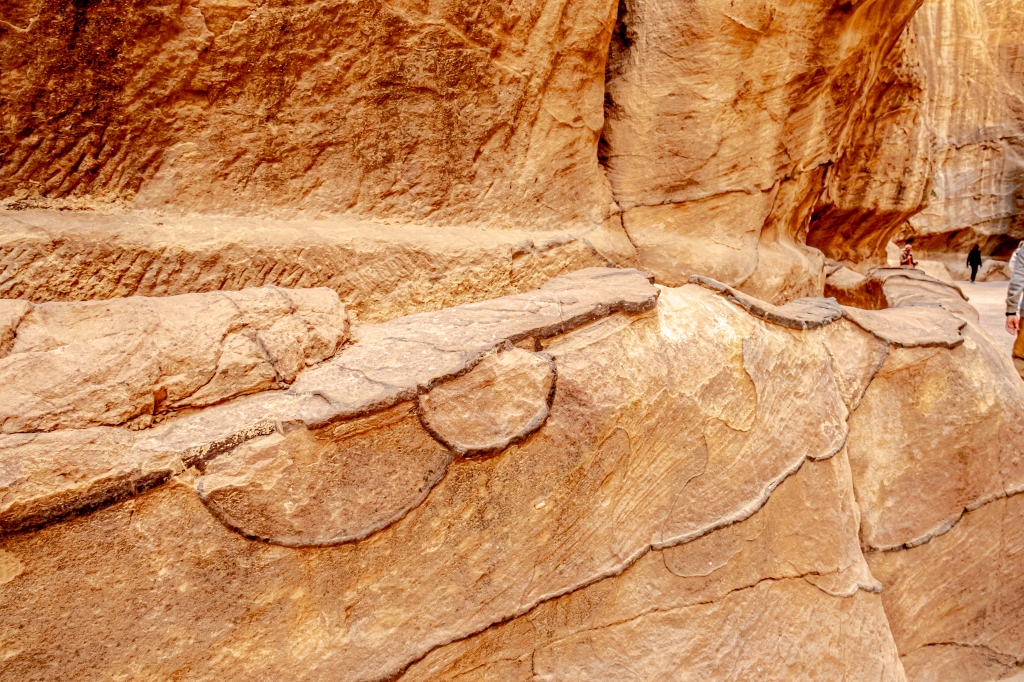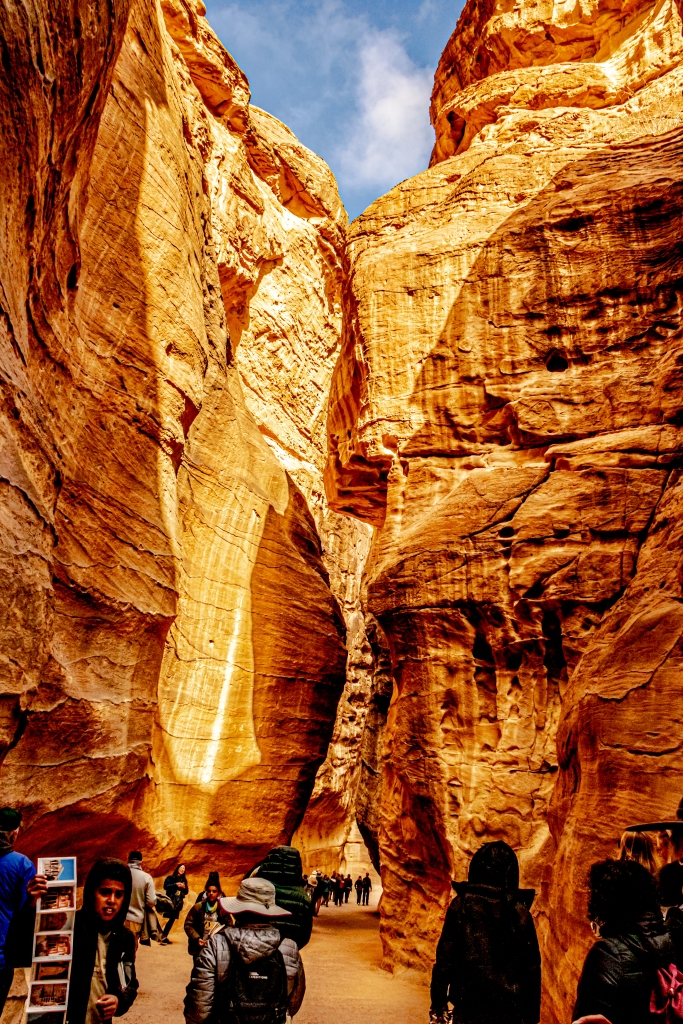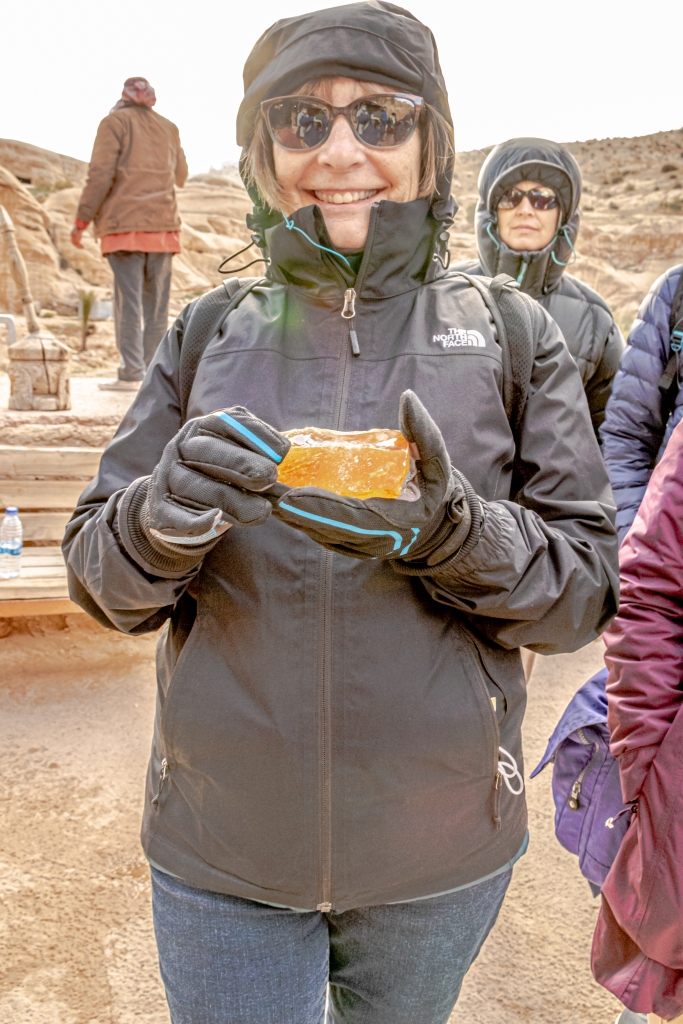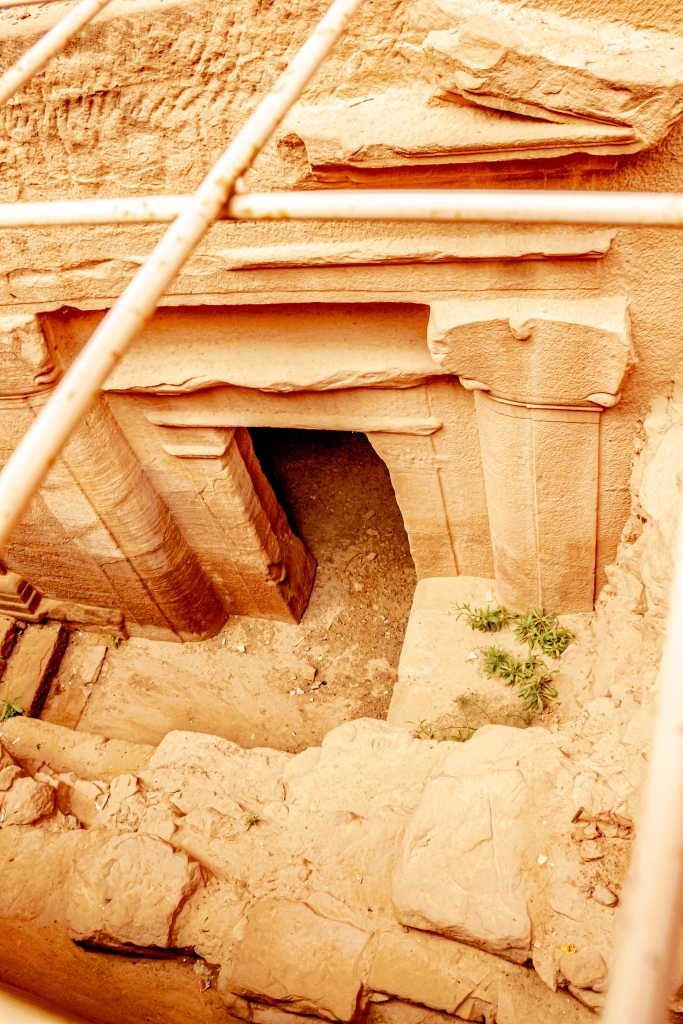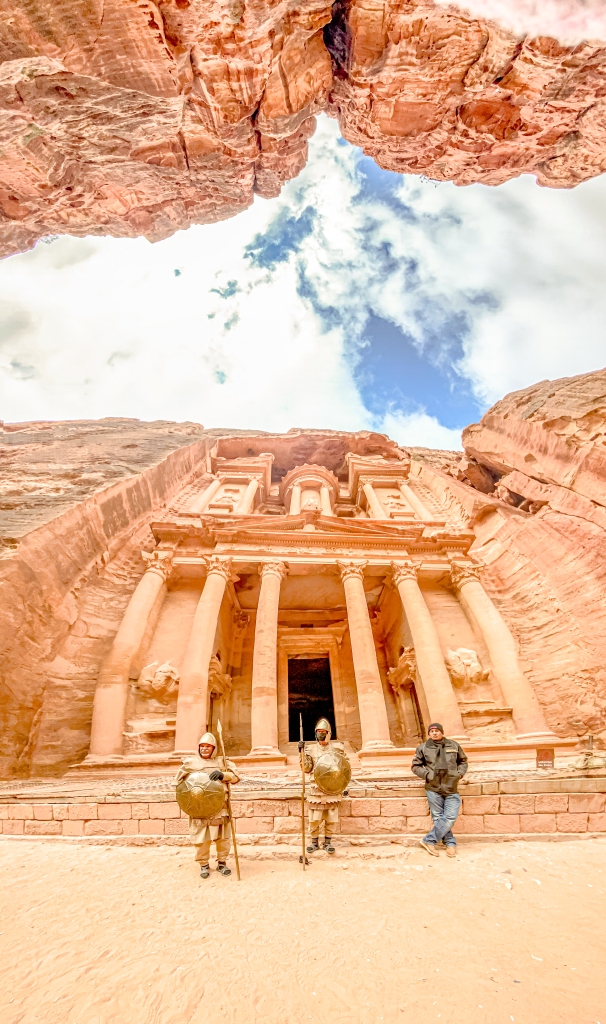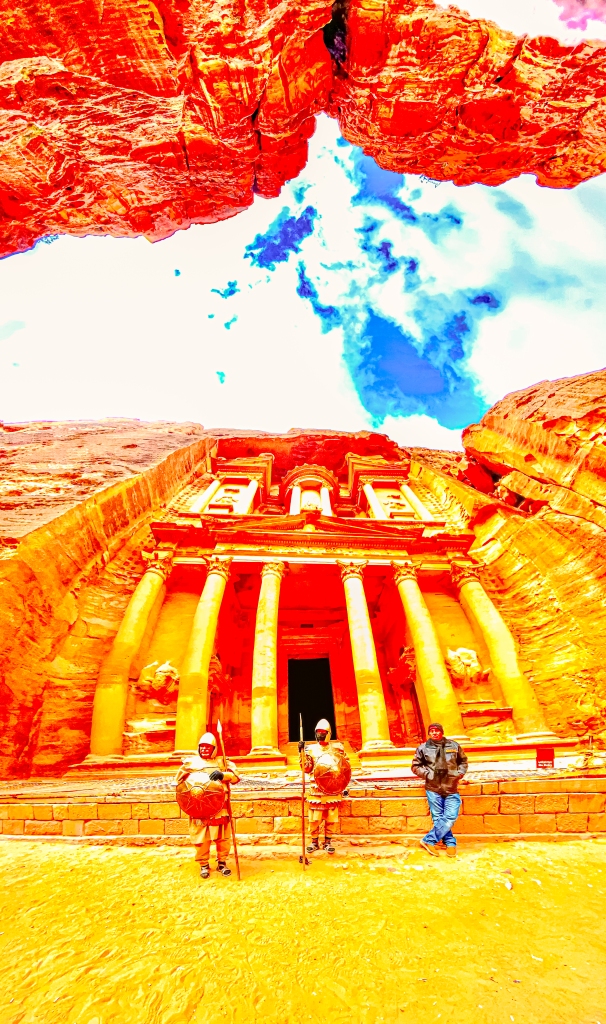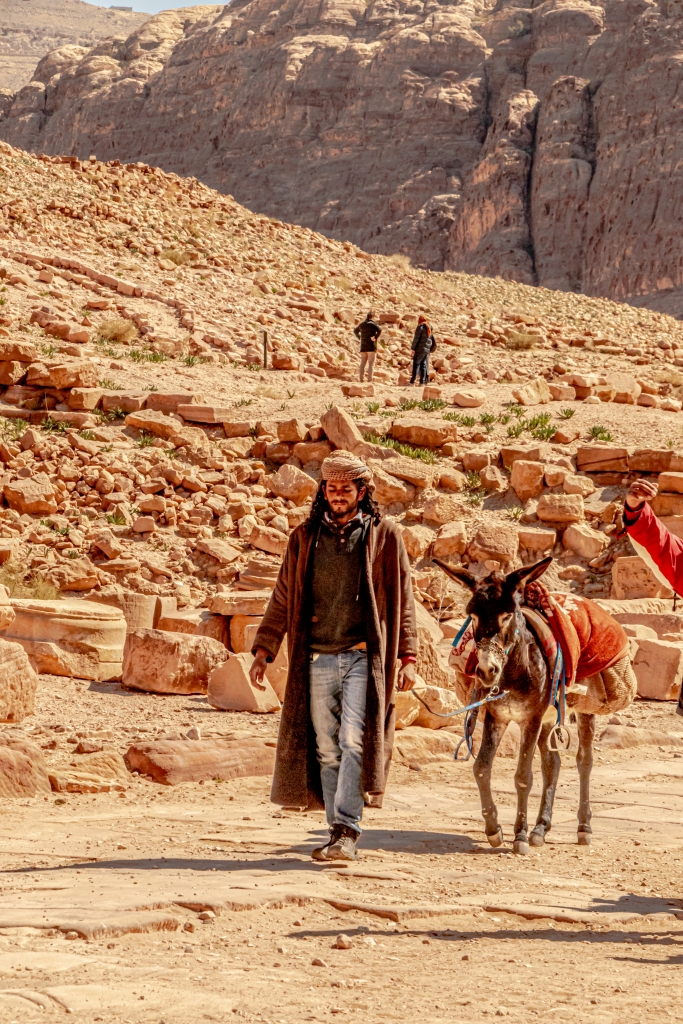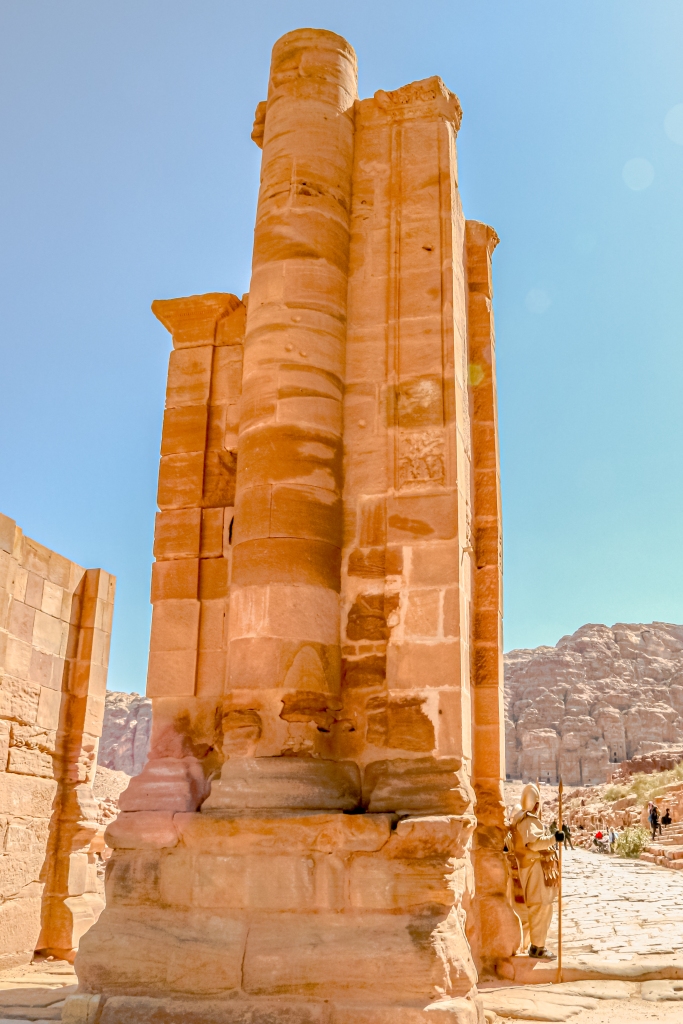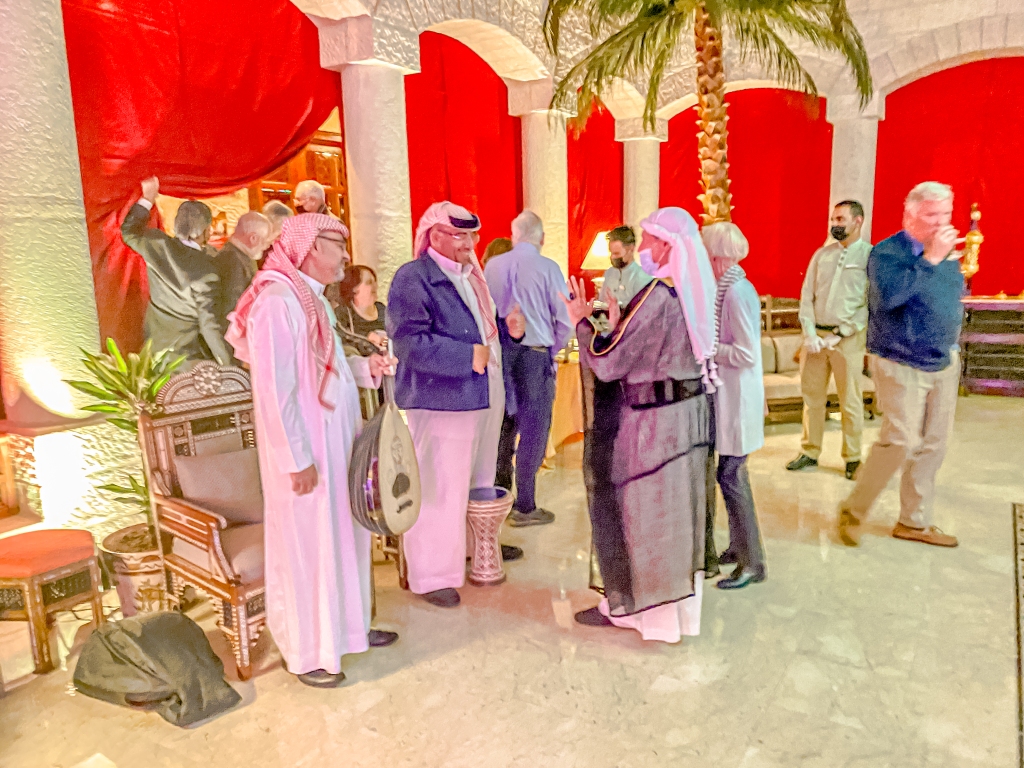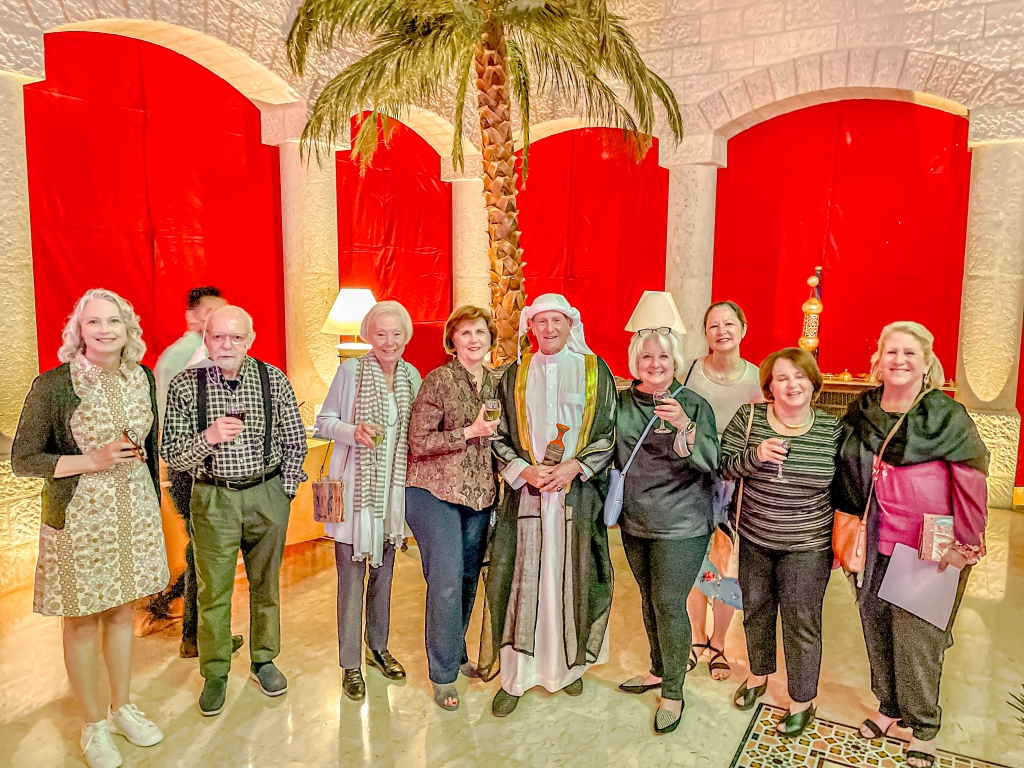Feb. 10, 2024:

The night of Feb. 8, we sailed around the Øksfjord and Skjervoy islands in the Norwegian Sea, and then yesterday (Feb. 9th), we sailed through the Norwegian Inside Passage (next to Tromsø) to sail back to Narvik.

The views in the Inside Passage yesterday were spectacular, and later in the afternoon, we sailed around the Skaland peninsula to come back into the inlets surrounding Narvik.




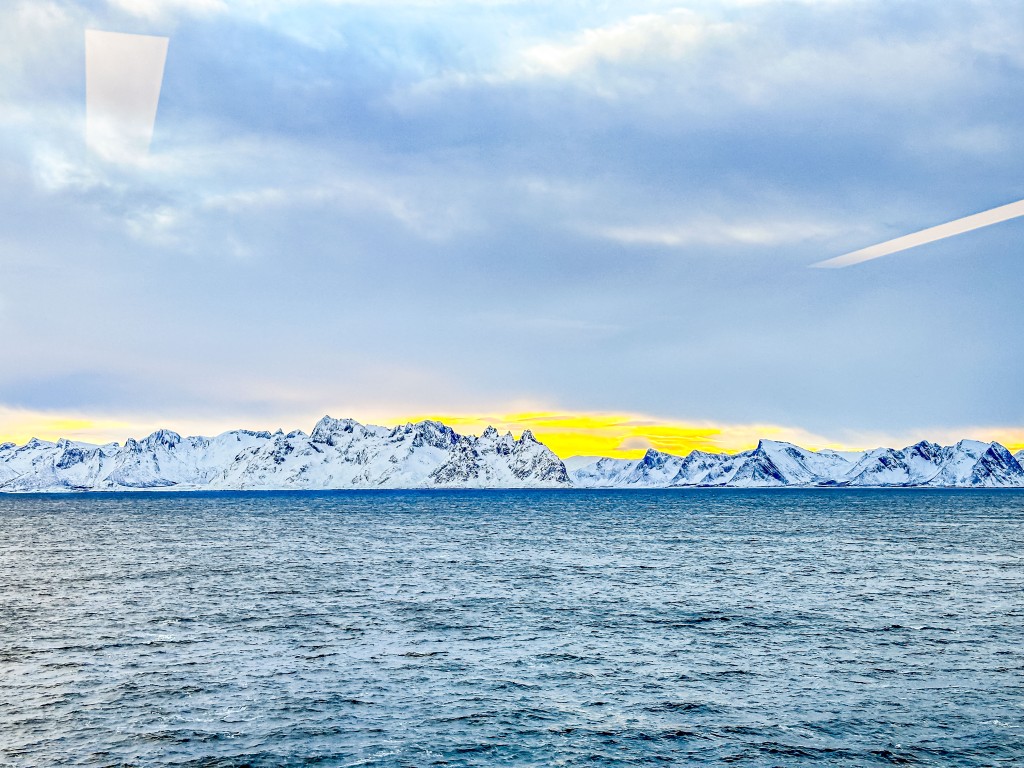
The Captain had to time the tides very closely, because getting into Narvik requires navigating some really narrow passages, and the tides can make or break the journey. We woke up this morning with our ship docked in Narvik, which is the largest town close to the Lofoten Islands (a natural wonderland off Norway’s northwestern coast).

As you can see from the map, Narvik is incredibly close to the border with Sweden, and more importantly, incredibly close to the iron ore mines of Kiruna in Sweden. For this reason, Narvik was an incredibly important World War II strategic site in Norway, not only because of this close proximity to the mines, but also because the port of Narvik never freezes in the winter. So it follows that the Germans also set their sites on Narvik as one of the three towns they had to capture first in 1940 when they invaded. The Allies (mostly the British) tried to mount a preemptive strike on Narvik, but they were really a day late and a dollar short, and the Germans ultimately won the day (although the British had landed an initial strike on the first German forces to land in the town). Late arriving supplemental British forces (under the direction of Admiral Churchill) could not prevent the German attacks on the first British warships to secure the harbor, and the fact that another British vessel was busy spiriting away Norwegian King Hakon VII and his family and cabinet prevented the British from saving over 1,000 British sailors aboard those ships. In a nutshell, Narvik was another complete loss for the Allied forces, and again, the Germans obliterated it and its infrastructure as they withdrew at the end of the war.
Since there is almost nothing to see of a historical nature in town, our exploration for the day is out into the countryside to see a rescue park for Arctic animals. This attraction is called the Polar Park, and has a very good reputation for ethical care of its animals in large fenced enclosures with natural environments. The animals live outdoors all the time in burrows and other enclosures they build themselves (except for the reindeers and musk oxen), but they are fed by their naturalists.



Since this park is all outdoors in a natural setting, it does involve a fair amount of walking over snowy (and sometimes icy) paths of changing elevations (small hills only). To aid in this, the park has spiked bottoms for your boots which go on easily. Unfortunately, they can also slip off sometimes, so check your feet somewhat regularly, but I highly recommend using them.



We were already excited for our visit because we had spotted two moose roaming free on the drive up to the park. so I can say that we were less excited when the first animal we saw was the lone moose they had in captivity. However, things got a lot better fast!

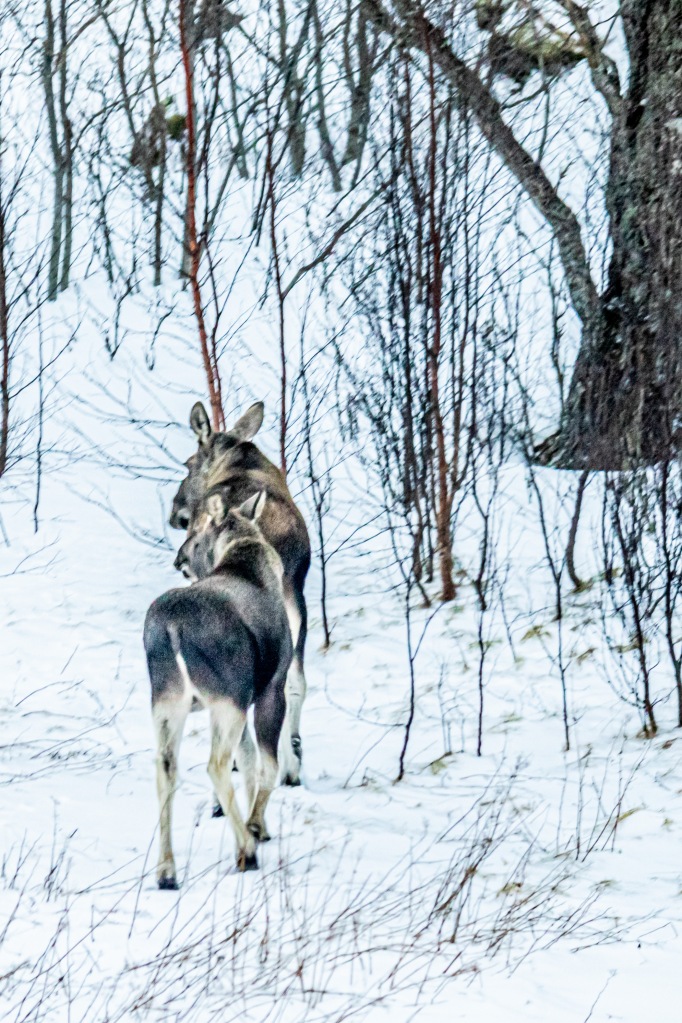

First, we went by the deer enclosure to see the red deer.
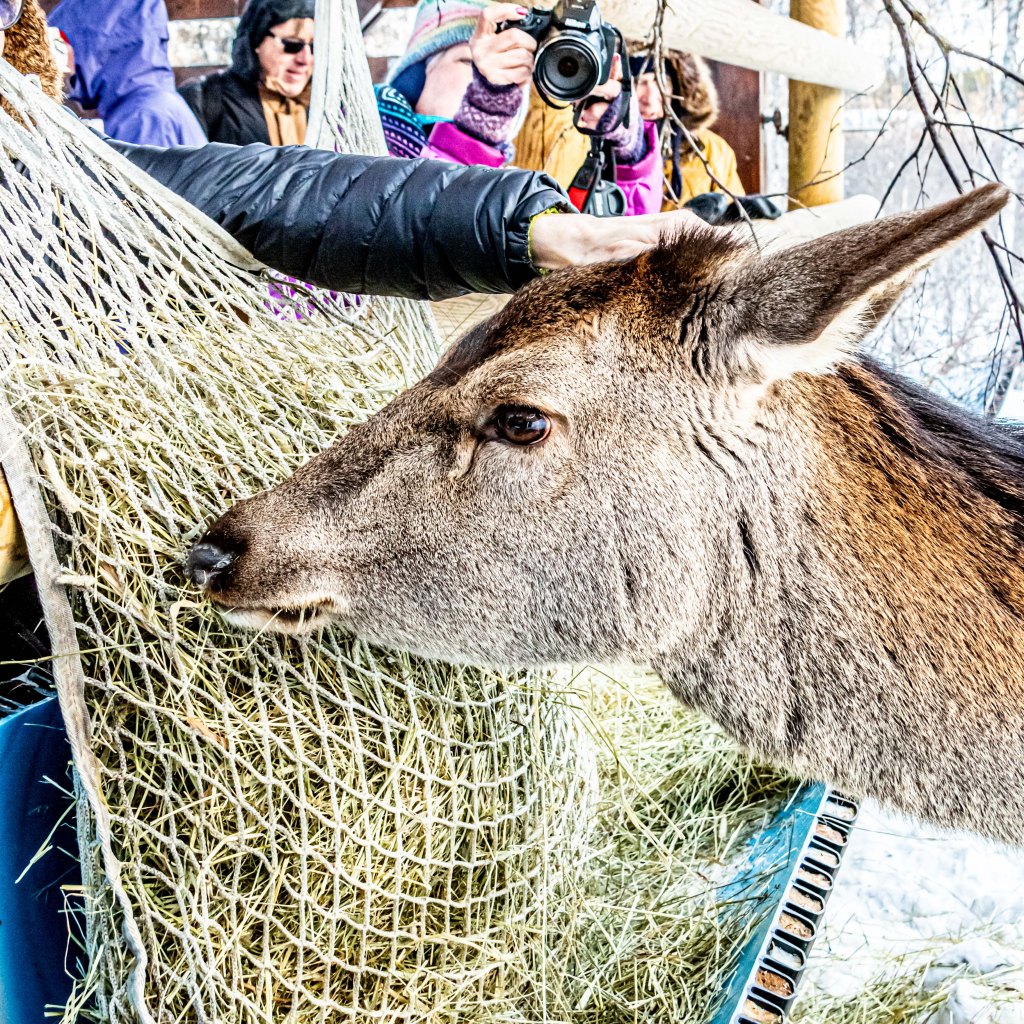

There are two separate enclosures for the Arctic lynxes the park has in captivity. They are father and son, and apparently, lynxes are very solitary animals. We saw the son who was called Little Brown. One thing you notice immediately is that carnivores kept in captivity are plump, bordering on fat. Little Brown obediently trotted to the front of the enclosure so the naturalist could toss him bits of reindeer meat. I assume this happens several times a day, hence his husky appearance. He was a gorgeous animal, though!






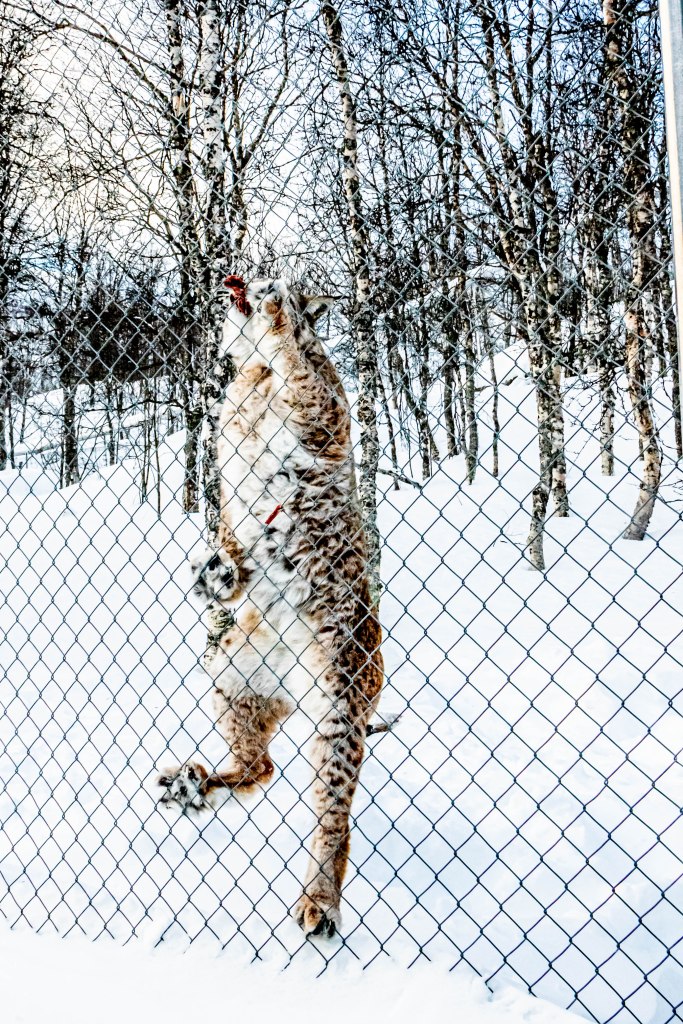

Then we walked over to the fox enclosure. The Park has three foxes, who are all littermates; two girls and a boy. The ladies are the leaders of this pack , though, and the boy fox waits to eat until they are done. From the looks of it, though, no one is missing any meals! These were the fattest foxes I’ve ever seen, and if they were dogs, their vet would put them on an immediate diet! We loved watching their antics, and they were so adorable that more than one person wanted to take them home.




From the foxes, we walked over to one of the wolf enclosures (there are three). In this first one, the wolves are all part of a pack who were raised together from puppyhood, and they are very sociable. So much so, that you can pay extra to have a private session with them to pet them. Apparently, our tickets did not include this experience, so we looked on with envy while other guest were getting wolf love. These are beautiful animals! We were able to get them to howl, which got all the wolves in the park joining in.










Then we hiked up to the enclosure where the sole wolverine in the park lives. He was very shy, and we saw only fleeting glances of him. Not coincidentally, he was one of the thinner animals in the park, probably having to do with not being lured out by meat treats!
The wolverine enclosure is next to the bear areas, but we did not see them. These are brown bears, not polar bears because the environment here is not conducive to polar bears’ need for sea ice. But the bears were hibernating, so we missed them, which was probably good for their annual feeding/resting cycles. If they are awake during their hibernating period, they start burning calories, and it can be a challenge (at least in the wild) for them to consume enough calories during the summer to safely hibernate.




We also walked over to one of the other wolf enclosures, where a pack of Swedish wolves were kept. They had been sent by a wildlife park in Sweden, and were not nearly so socialized, but finally, the lure of the raw meat tidbits was enough to draw them out. They had to really work, though, to get the meat before the crows dived in.



Then we walked over to the musk oxen enclosure, and this is the first time Jim I had ever seen them live. One had been sighted on our Arctic cruise a few years ago, but we never actually saw it. Their name is apt, as the smell of that enclosure was worse than driving past miles of dairyland!
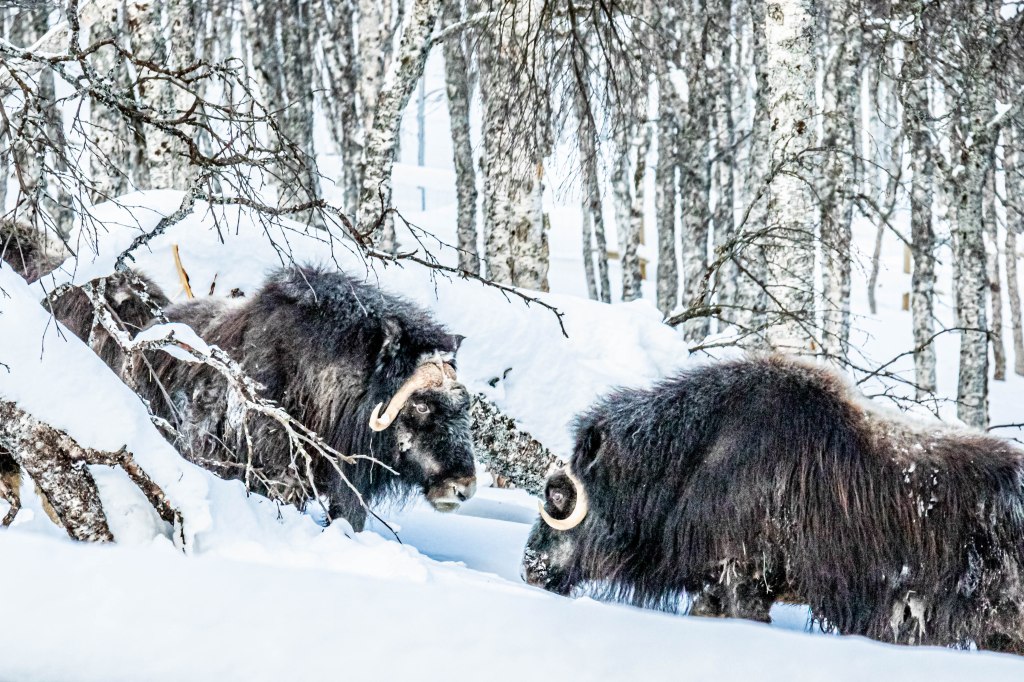

We thought we had seen all we were going to see in the park, and had started back to the base when we got extremely lucky, and spotted part of the reindeer herd which roams free all over the unpinned areas of the park. They were amazingly graceful, even when walking through deep snow where they were grazing. I for one was happy to leave the Arctic having seen a reindeer!

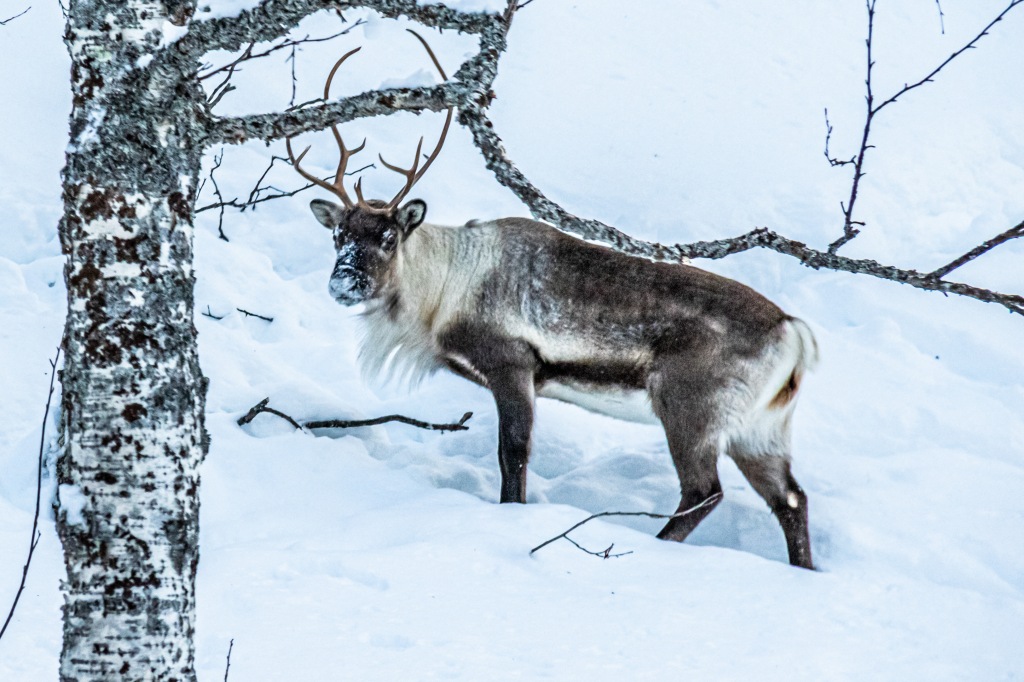


It was starting to snow as we left the Polar Park, and it was a long a windy road back down to town and our ship. Whether it was the road, or our guide telling us all about the wonders of cod liver oil in your diet, Jim was so queasy out, he refused to go on on evening excursion; i.e., our last chance to catch the Northern Lights. I opted to hop off the bus in town and explore a bit, and enjoyed my walk back to the ship. The port security guards had built a fire in a pit to stay warm, and it was a welcome sight as I returned to the ship.

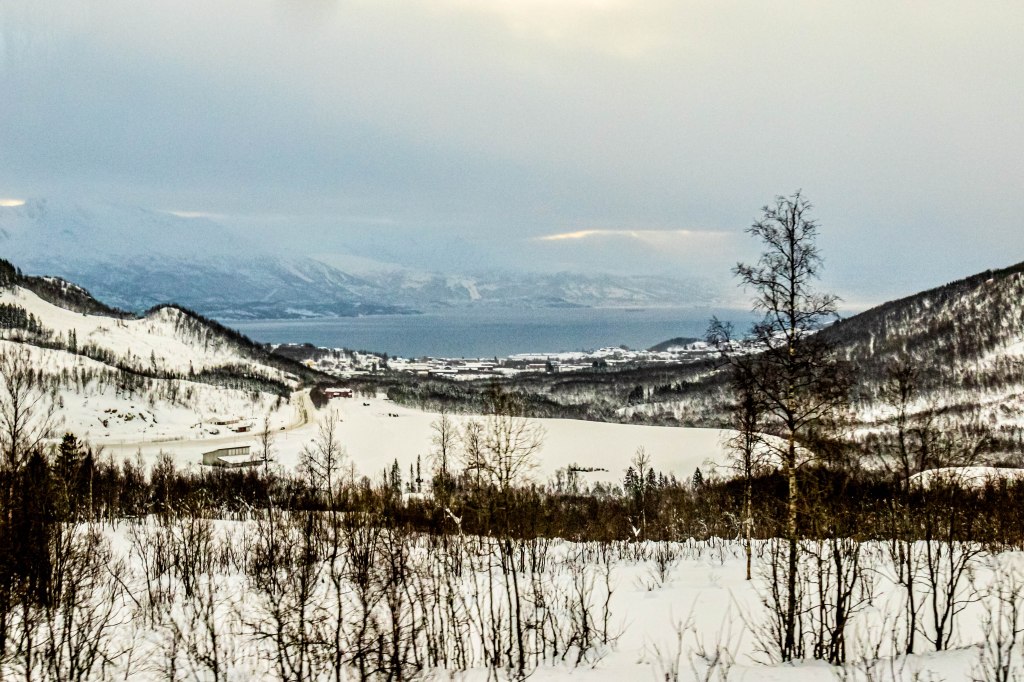


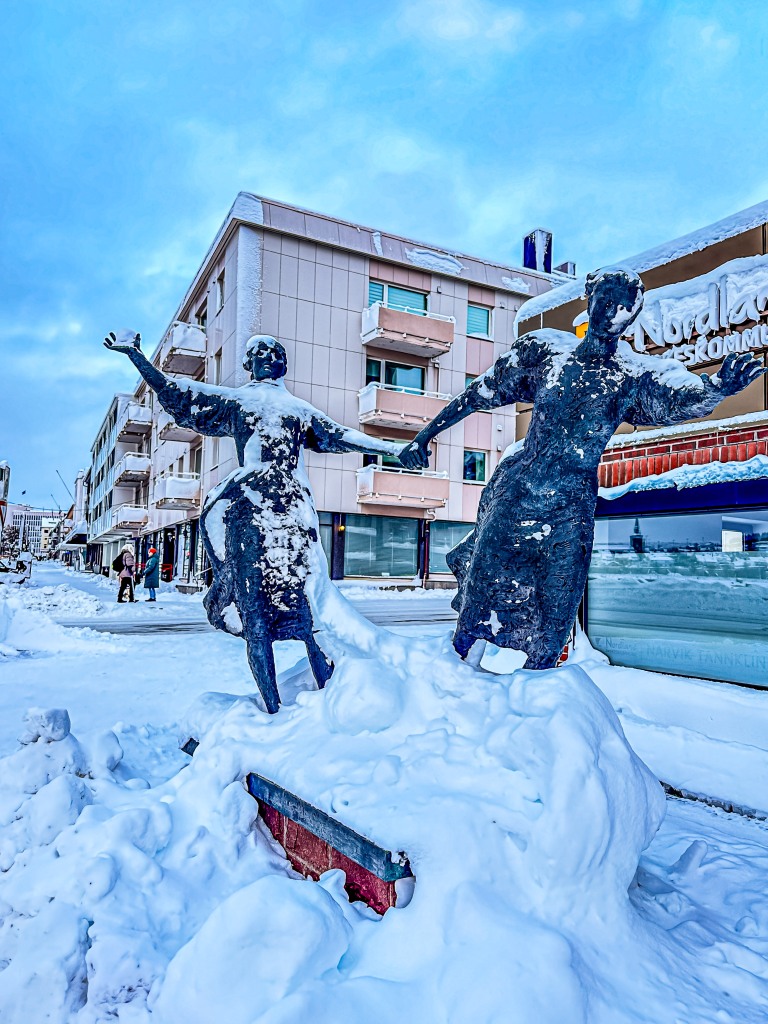


After driving longer than we had to get to the Polar Park, we reached a nice looking hotel, where they had a small snack for us, and let us sample the local beer. We kept dashing outside to see if we could catch the lights, but the clouds you see in the picture kept rolling in, so no go on the Lights that night.

Fortunately, the whole evening wasn’t a bust, as we were treated to songs (called “joiks” in Sámi) and stories of about the Sámi people and their customs. It didn’t hurt that there was a roaring fire in the wood and hide structure the Sámi called a Lavvu, which looks like the tepees of the American Plains Indians. Then we drove home.






